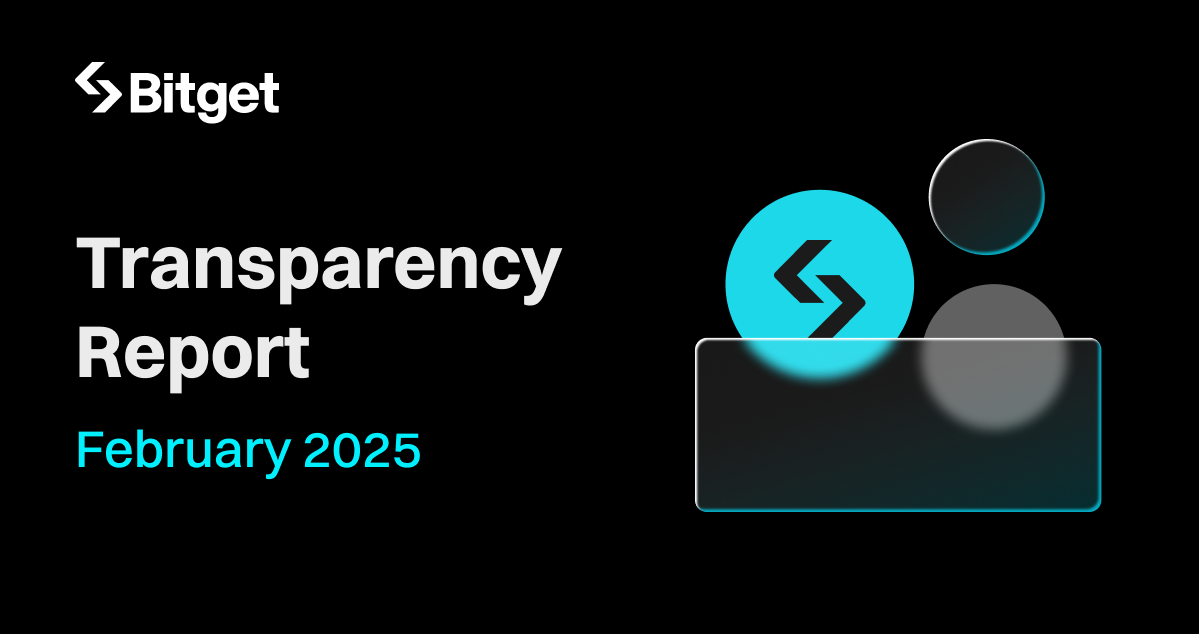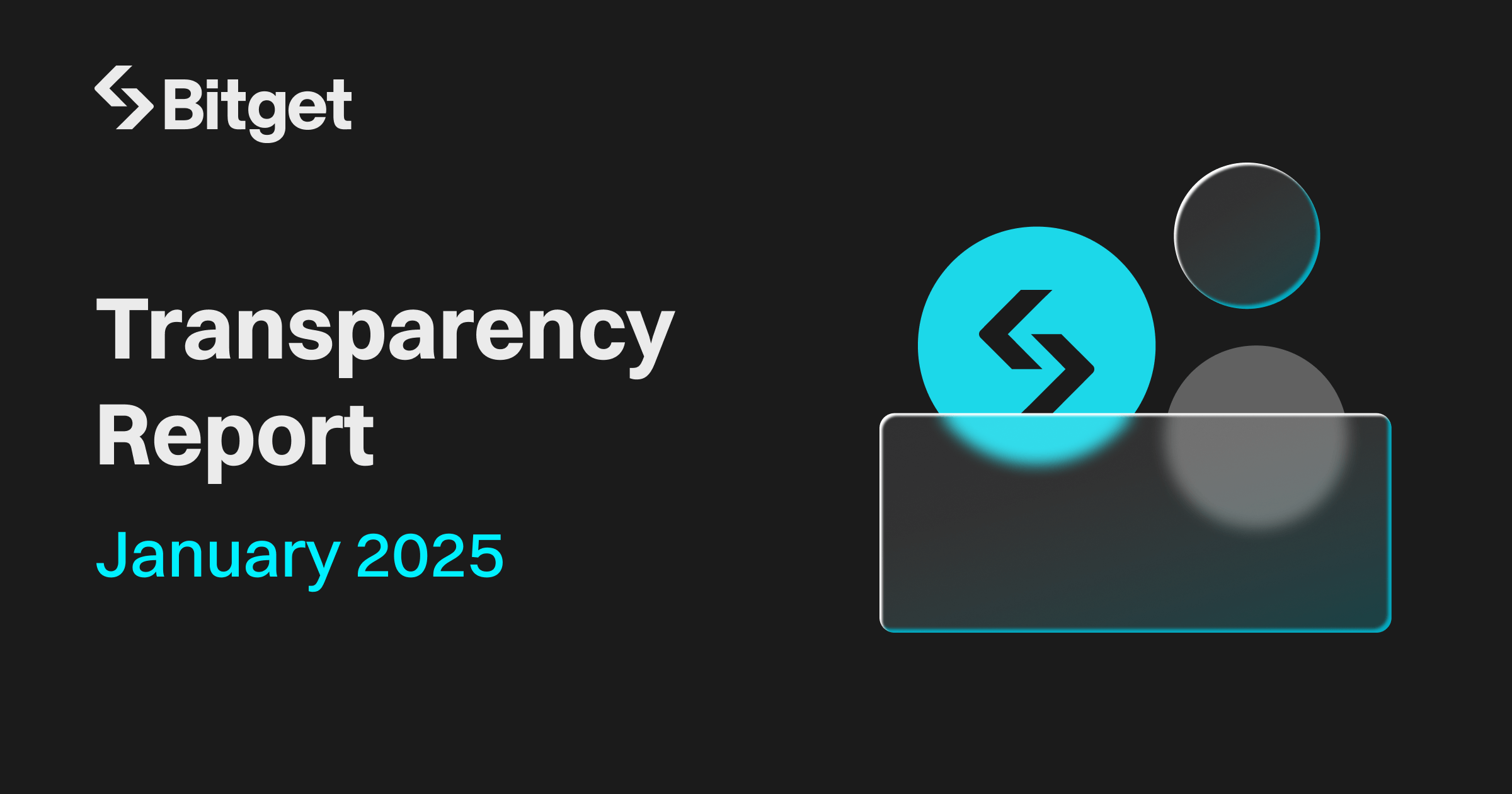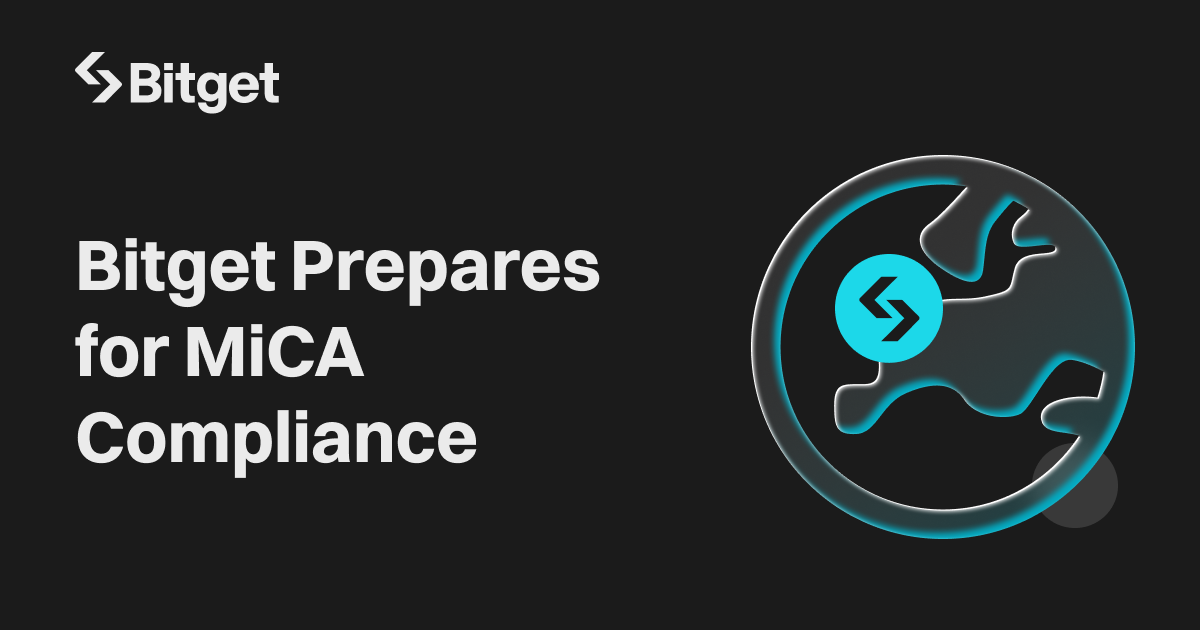Abstract
-
As we entered 2023, the wealth effect of Bitcoin has become quite evident, with its price increasing from US$16,500 at the beginning of the year to US$42,000. In addition to Bitcoin itself, market funds have also flowed into its ecosystem.
-
The most notable example is the surge in the BRC-20 sector under the Ordinals protocol. The market size of BRC-20 tokens has now surpassed US$4 billion, a nearly 40x increase from the US$100 million in March of this year. This growth has also fueled continuous innovation and development across the entire Bitcoin ecosystem.
-
The current market focus on the Bitcoin ecosystem is concentrated on two aspects. First is asset issuance protocols, primarily Ordinals, Atomicals, Runes, PIPE, Taproots Assets, and others. Second is scaling solutions, such as the Lightning Network, RSK, Stacks, RGB, and BitVM.
-
In the Bitcoin ecosystem, the sectors currently exhibiting a significant wealth creation effect include BRC-20 assets under the Ordinals protocol, ARC-20 and Realm under the Atomicals protocol, PIPE under the Pipe protocol, and tokens in the Bitcoin expansion sector (RIF, STX), among others. This report analyzes the reasons behind the wealth creation effect of these assets and outlines the avenues through which investors can participate.
-
Beyond technological innovation, the thriving Bitcoin ecosystem relies on the participation of various market players, including individual investors, exchanges, projects, miners, and investment institutions. Consequently, this report analyzes the opportunities and risks for these five groups in the development of the Bitcoin ecosystem, serving as a reference for their investment and business expansion decisions.
-
Given the future macroeconomic environment and market conditions, the Bitcoin ecosystem has a promising outlook. Not only will popular cryptocurrencies like BTC and ORDI have significant room for appreciation, but there will also be new opportunities for 100x coins within the Bitcoin ecosystem.
-
The trading volume in the Bitcoin NFT market has surged significantly, yet its current scale remains relatively small. Therefore, there is anticipated potential for over 100x growth in the future. Meanwhile, the Lightning Network is poised to be the primary technological support for the broader adoption of Bitcoin payments in the short to medium term.
-
Combining the above analyses, Bitget Research makes six major predictions of future trends in the Bitcoin ecosystem.
Disclaimer: This report is not intended as investment advice. Investing in cryptocurrencies involves risks and should be undertaken with caution.
Table of Contents
1. What is the Bitcoin Ecosystem
1.1 Definition of the Bitcoin Ecosystem
1.2 Development of the Bitcoin Ecosystem From 0 to 1
1.3 Current Focus of the Bitcoin Ecosystem
1.3.1 Asset Issuance Protocols
1.3.1.1 Ordinals Protocol
1.3.1.2 Atomicals Protocol
1.3.1.3 Runes Protocol
1.3.1.4 PIPE Protocol
1.3.1.5 Taproot Assets Protocol
1.3.2.1 Lightning Network
1.3.2.2 Rootstock
1.3.2.3 Stacks
1.3.2.4 RGB
1.3.2.5 BitVM
1.3.2 Scaling Solutions
2. Those Sectors with Strong Wealth Effects of the Bitcoin Ecosystem
2.1 BRC-20 (Ordinals Protocol)
2.2 ARC-20 and Realm (Atomicals Protocol)
2.3 PIPE (Pipe Protocol)
2.4 Tokens in the Bitcoin Expansion Sector
3. Opportunities and Risks Faced by Various Players in the Current Bitcoin Ecosystem
3.1 Individual Investors
3.2 Exchanges
3.3 Projects
3.4 Miners
3.5 Investment Institutions
4. Possible Future Trends and Bottlenecks in the Bitcoin Ecosystem
5. Conclusion
6. Reference Tools and Websites
7. Appendix
Main Body
Since entering the second half of 2023, not only has the Federal Reserve's interest rate hike cycle reached its end, but the approval of a spot Bitcoin ETF by the U.S. SEC has almost become a market certainty. Once the spot Bitcoin ETF is approved, massive funds from traditional finance could legally flow into the Bitcoin ecosystem. Under such significant expectations, it's not just Bitcoin maintaining a robust upward trend, but it's also propelling the development of related projects in the Bitcoin ecosystem.
A clear example of this is the explosive growth, beginning in November, of the BRC-20 sector within the Bitcoin ecosystem. The immense wealth effect of BRC-20 tokens like ORDI, SATS, RATS, etc., has drawn intense market attention to the Bitcoin ecosystem. Understanding what the Bitcoin ecosystem is and which projects are worth keeping on your radar might be the key to seizing the next bull market's wealth opportunities.
1. What is the Bitcoin Ecosystem?
1.1 Definition of the Bitcoin Ecosystem
The Bitcoin ecosystem refers to a system composed of solutions, protocols, applications, and assets designed to enhance the use and efficiency of the Bitcoin Blockchain Network. Current discussions about the Bitcoin ecosystem focus on two aspects: Asset Issuance Protocols and Scaling Solutions.
-
Asset Issuance Protocols: These are protocols defining technical standards for asset issuance. Currently, this includes Ordinals, Atomicals, Runes, PIPE, and Taproot Assets.
-
Scaling Solution: These solutions are designed to improve the core performance of the Bitcoin network. The key solutions in this area include Lightning Network, Rootstock (RSK), Stacks, RGB Protocol, and BitVM.
1.2 Development of the Bitcoin Ecosystem from 0 to 1
To understand how the Bitcoin ecosystem evolved from 0 to 1, it's crucial to examine several key milestones in Bitcoin's development.
On October 31, 2008, Satoshi Nakamoto published the paper "Bitcoin: A Peer-to-Peer Electronic Cash System," detailing the concept and technical specifics of Bitcoin. Subsequently, on January 3, 2009, Nakamoto mined the genesis block of the Bitcoin network, marking the birth of Bitcoin.
Since its inception, Bitcoin attracted many cryptography and computer science experts. As Bitcoin continued to spread, more people accepted Bitcoin and started developing ecosystem applications around it. This early stage formed an industry pattern consisting of chips, integrated circuits, exchanges, wallets, application software, etc., surrounding Bitcoin production and trading. This development brought Bitcoin and other cryptocurrencies into public view.
Besides the production and trading of Bitcoin, people also began to explore developing more practical applications on the Bitcoin network but encountered technical bottlenecks inherent to the blockchain network itself. This is due to the blockchain trilemma, a challenge in designing a blockchain system that simultaneously satisfies decentralization, security, and scalability.
Blockchain Trilemma
Compared to scalability, decentralization, and security are generally considered more important characteristics. Thus, how to enhance scalability without sacrificing the decentralization and security of the Bitcoin network has become a focal point in the technological advancements of Bitcoin.
To date, Bitcoin has experienced two major technical upgrades, which have been instrumental in fostering the thriving environment of the Bitcoin ecosystem today.
Segregated Witness was the first significant technical upgrade to the Bitcoin protocol. The core technological change involved increasing the original Bitcoin block size limit from 1MB to an effective size of 1MB + 3MB and improving the malleability of the Bitcoin protocol.
The structure of Bitcoin transactions before the Segregated Witness upgrade was as follows:
Bitcoin transaction structure before the Segregated Witness Upgrade (source: The SegWit Transaction Capacity Increase)
The structure of Bitcoin transactions after the Segregated Witness upgrade is as follows:
Bitcoin transaction structure after the Segregated Witness Upgrade (source: The SegWit Transaction Capacity Increase)
The Taproot upgrade of Bitcoin involved three main Bitcoin Improvement Proposals (BIPs), which collectively form the core of this upgrade.
1) BIP 340 - Schnorr Signatures: This proposal introduced the specifications for the Schnorr signature algorithm used for digital signatures in Bitcoin. Schnorr signatures, compared to the previous ECDSA signatures, offer better efficiency, smaller signature sizes, and enhanced security. They also support signature aggregation, which is particularly useful for multi-signature transactions, significantly reducing transaction size and enhancing privacy.
2) BIP 341 - Segregated Witness v1 (SegWit v1) and Taproot: This proposal describes how to improve Bitcoin's transaction structure through Taproot and SegWit v1. It allows smart contracts to appear externally indistinguishable from regular transactions, thus increasing privacy. Additionally, it reduces transaction sizes, thereby lowering transaction fees. This BIP also includes detailed rules for using Schnorr signatures.
3) BIP 342 - Tapscript: This proposal updated Bitcoin's script language to make it compatible with Schnorr signatures and Taproot. These changes make writing and executing smart contracts in Bitcoin more flexible and efficient.
These three BIPs brought significant improvements to the Bitcoin network, including higher efficiency, better privacy, and more flexible and powerful smart contract capabilities. These advancements are crucial for the future development of the Bitcoin network, especially in promoting the construction of its ecosystem applications and the development of decentralized finance.
Timeline and significant milestones in Bitcoin's evolution
Following these two significant technical upgrades, the development direction of the Bitcoin ecosystem has focused on two aspects: First is scaling solutions, which involve continuing to explore new technological solutions aimed at increasing Bitcoin's scalability, such as the Lightning Network, sidechain technology, and BitVM. Second is asset issuance protocols, which entail seeking to issue more assets and deploy applications on the Bitcoin blockchain, similar to
Ethereum, with protocols like Ordinals, Atomicals, and Runes.
In this trend, the first token under the BRC-20 standard based on the Ordinals protocol, ORDI, emerged in March 2023. Its substantial wealth-creating effect further propelled the vigorous construction process of the Bitcoin ecosystem.
1.3 Current Focus of the Bitcoin Ecosystem
Note: For ease of expression and understanding, the term "gas" will be used to refer to the concept of transaction fees on the BTC network in the following content.
The Bitcoin ecosystem encompasses many aspects, but the current market focus primarily revolves around two areas:
Asset Issuance Protocols and Scaling Solutions.
1.3.1 Asset Issuance Protocols
With the onset of 2023, the asset issuance protocols on Bitcoin have experienced explosive growth. Following the substantial wealth effect created by multiple tokens in the BRC-20 format under the Ordinals protocol, more protocols have emerged in the market. The main ones include Ordinals, Atomicals, Taproot Assets, Runes, and PIPE.
1.3.1.1 Ordinals Protocol
What is the Ordinals Protocol?
The Ordinals protocol, introduced in January 2023 by Bitcoin developer Casey Rodarmor, is an asset issuance protocol based on Bitcoin. The protocol consists of two parts: the Ordinals numbering theory and Inscription. The numbering theory provides a method to allocate unique identifiers to each of the 2.1 quadrillion Satoshi-s (the smallest unit of Bitcoin), while inscription is the process of attaching content with a UTXO.
The Ordinals protocol can be understood in simple terms as follows: The asset issuance process of the Ordinals protocol is similar to writing content into a space (witness data). For instance, with BRC-20, token information is written into this space (recorded in JSON format), and for NFTs, image information is inscribed. This process of writing is known as Inscription.
Why did the Ordinals Protocol emerge?
The emergence of the Ordinals protocol was due to the lack of a simple and secure method of asset issuance on the Bitcoin network. The creator of the Ordinals protocol, Casey, carried content on UTXOs through Inscription, leveraging the security of the Bitcoin network. Simultaneously, the use of Taprootscript's expandability brought to Bitcoin made the simple and secure issuance of assets on the Bitcoin network possible.
Current status of the Ordinals Protocol
Based on the Ordinals protocol itself, two main asset types have emerged: BRC-20 tokens and Ordinals NFTs.
1) BRC-20 Tokens
BRC-20 is an experimental token standard for Bitcoin, created by Twitter user @domodata on March 8, 2023. This standard leverages JSON data within Ordinal inscriptions to facilitate the processing of deploying, minting, and transferring the token. These are the three primary functions of the BRC-20 token standard.
As of December 4, 2023, the daily on-chain trading volume of BRC-20 tokens is approximately US$22 million. In centralized exchanges, the current daily trading volume is between US$800 million to US$900 million. The total market cap of the BRC-20 sector fluctuates within the range of US$3.5 billion to US$4 billion.
BRC-20 token 24-hour trading volume ranking (source and date: GENIIDATA, December 4, 2023)
2) Ordinals NFTs
Ordinals NFT is a type of digital asset based on the Bitcoin mainnet, utilizing the Ordinals protocol. Unlike traditional NFTs, Ordinals NFTs are represented using Satoshis, the smallest unit of Bitcoin.
As of December 4, 2023, the trading volume of Bitcoin NFTs over the past 30 days reached US$371 million, almost on par with Ethereum's NFT trading volume of US$387 million in the same period.
Source and date: CryptoSlam, December 4, 2023
Unique Advantages of the Ordinals Protocol
BRC-20 Tokens
Although the BRC-20 token standard is still in its infancy, it is gaining increasing attention as enthusiasts continue to explore its potential.
-
Enhanced Security: BRC-20 tokens are built on the highly secure Bitcoin protocol, making them difficult for hackers to exploit. Additionally, since BRC-20 "tokens" are essentially inscriptions and do not involve smart contracts, they are not subject to contract risks like ERC-20 tokens.
-
Fair Issuance Mechanism: For meme coins, a fair issuance mechanism is crucial. Once a BRC-20 token is created, all users with valid BTC wallets can participate in the "new token offering." The issuance of BRC-20 tokens is relatively fair, requiring participants to pay gas fees for minting, which means users must invest an amount of BTC to acquire a corresponding share of the token.
Ordinals BTC NFTs
BTC NFTs based on the Ordinals protocol also possess unique and immutable characteristics. However, there are some differences in technical design. The difference between Bitcoin NFTs and Ethereum NFTs,
based on the general practice of developers with some exceptions, is as follows:
Overall, the Ordinals protocol on Bitcoin represents a technological improvement for NFTs. By storing all data directly on the Bitcoin blockchain, it provides a more complete and reliable form of digital art.
Potential Issues Within the Ordinals Protocol
While the introduction of the Ordinals protocol has brought new functionalities and possibilities to the Bitcoin network, it has also presented a series of challenges and issues that need to be addressed collectively by the community, developers, and regulatory bodies. The core issues include:
-
Reduced Blockchain Space Usage Efficiency: Ordinals work by embedding data into individual Bitcoin transactions, which can take up a significant amount of block space. This leads to an explosive increase in the volume of Bitcoin network UTXO information that miners need to store and can impact the network's processing speed and transaction costs.
-
High Complexity for Users: The Ordinals protocol increases the complexity of using the Bitcoin network. Ordinals map BRC-20 and Ordinals NFT to specific Satoshis. To avoid affecting the asset meaning of these Satoshis, users need to store them in isolated wallets, increasing the difficulty for user participation and the challenge of wallet infrastructure development for project teams.
1.3.1.2 Atomicals Protocol
What is the Atomicals Protocol?
The Atomicals protocol is an asset issuance protocol on UTXO (Unspent Transaction Output) type blockchains. It supports a wide range of asset types, including fungible token ARC-20 standard, NFTs, Realms, and Collection Containers. For fungible token assets, the Atomicals protocol follows an atomic definition, using Bitcoin's smallest unit, Satoshi, as the smallest unit for issuing assets. In terms of asset issuance, the Atomicals protocol offers both decentralized minting and direct minting methods.
Why did the Atomicals Protocol emerge?
The Atomicals protocol was developed to create a more comprehensive asset issuance protocol compared to the Ordinals protocol. Unlike Ordinals, which rely on third-party sorters to order asset transactions, the Atomicals protocol's ARC-20 standard uses Bitcoin's smallest unit, Satoshi, as the smallest unit for issuing assets. This allows Atomicals assets to trace a complete transfer history without relying on any third-party sorter.
For asset distribution, Atomicals assets offer decentralized minting and direct minting methods. The decentralized minting method introduces Bitwork Mining, a POW model requiring CPU/GPU calculations on specific characters to complete minting, representing a fairer distribution method to some extent.
Current status of the Atomicals Protocol
The Atomicals protocol includes the following four main asset types:
-
ARC-20: Similar to the BRC-20 token format on Ordinals, with leading projects like $ATOM, $PEPE, and $REALM.
-
NFT: Leading projects include PUNK, XCSS (the first original collection), and Atommap (comparable to bitmap).
-
Realm: A new concept proposed by Atomicals aimed at revolutionizing traditional domain names, used as a prefix.
-
Collection Containers: A data type for defining NFT collections, mainly used for storing readable NFT collections and related metadata, similar to a type of on-chain data object storage.
Data as of December 4, 2023:
As of this date, there have been a total of 366,879 mints on the Atomicals protocol, cumulatively costing 55.8 BTC. The total number of mints on this protocol accounts for 2.69% of the total mints on Ordinals, with the daily minting situation as shown in the following graph:
Number of asset types in Atomicals (source: Dune)
Compared to Ordinals, Atomicals is still in its early stages, with its peak daily minting figures being less than one-tenth of Ordinals' peak minting figures.
Comparison of minting figures between Ordinals and Atomicals (source: Dune)
Unique Advantages of the Atomicals Protocol
-
Reduced Risk of Errors: The Atomicals protocol features a splat operation, allowing users to selectively separate multiple Atomicals assets combined in the same UTXO. This effectively prevents the accidental use of assets as transaction fees.
-
Diverse Asset Distribution Methods: The Atomicals protocol offers decentralized and direct minting methods. Direct minting is relatively centralized but can handle specific distribution scenarios. Decentralized minting requires CPU/GPU calculations on specific characters to complete the minting, representing a fairer distribution method.
-
Broad Application Potential: The Atomicals protocol allows users to represent assets on the Bitcoin blockchain in more complex and diverse ways, going beyond traditional simple payment functions.
Potential Issues With the Atomicals Protocol
-
Technical Complexity: The implementation of the Atomicals protocol may be relatively complex, requiring an in-depth understanding of Bitcoin scripting and blockchain technology, which could limit its widespread adoption and application. Due to its operational and conceptual complexity, ordinary users might find it challenging to comprehend and accept the Atomicals protocol, potentially limiting its broad application.
-
Slow Infrastructure Development: There is currently no efficient trading market for Atomicals assets. The two main trading platforms have experienced several security incidents, and recently, Atomical Market faced a “zero-cost purchase” issue due to technical vulnerabilities. Most trading demands still rely on C2C (consumer-to-consumer). Currently, there are only three public node services (Atomicals Official, Atomical Market, and Nextdao). Occasionally, these nodes face network connectivity issues, leading to the inability to send trade requests, resulting in issues like being unable to mint or minting failures due to prolonged waiting times.
1.3.1.3 Runes Protocol
What is the Runes Protocol?
The Runes Protocol is a Bitcoin UTXO model-based fungible token protocol that facilitates management and transfers using a simple tuple (ID, OUTPUT, AMOUNT) and the OP_RETURN operation. Key characteristics of this protocol are its simplicity, the absence of a requirement for extra off-chain data or native tokens for certain functionalities, and optimized use of on-chain data, all contributing to an improved user experience.
Why Did the Runes Protocol Emerge?
The emergence of the Runes Protocol was prompted by Ordinals developer Casey's dissatisfaction with the BRC-20's use of the Ordinals protocol to create a large number of "junk" UTXOs. Thus, he proposed a fungible token protocol based on the Bitcoin UTXO model. Unlike RGB and Taproot, which require off-chain data storage and retrieval infrastructure, or the BRC-20, which creates "junk UTXOs" that occupy BTC space, the Runes Protocol's design concept addresses both user experience issues and avoids wasting space in Bitcoin blocks.
Current Status of the Runes Protocol
The Runes Protocol is still a concept by Casey and currently lacks complete client and development tools.
Unique Advantages of the Runes Protocol
-
Based on the UTXO Model: Closely integrated with Bitcoin's existing UTXO model, enhancing compatibility and natural integration with Bitcoin itself.
-
Simplified Operations: The protocol uses a simple (ID, OUTPUT, AMOUNT) tuple mechanism, making token creation, transfer, and distribution intuitive and straightforward.
-
User-Friendly: The Runes Protocol focuses on simplifying user experience and reducing dependence on complex operations, making it easier for users to understand and use.
-
Transparency and Security: All operations are visible on-chain, offering higher transparency. Additionally, the burning mechanism of runes also provides security for the protocol.
Potential Issues With the Runes Protocol
-
Symbol Preemption: The lack of a mechanism to prevent symbol preemption could lead to early users occupying short and valuable symbols.
-
No Fair Mint: The Runes Protocol does not offer a fair minting function similar to that in the BRC-20 standard, so users cannot perform fair minting.
-
Slow Development Progress: The Runes Protocol is still a concept by Casey and currently lacks complete client and development tools.
1.3.1.4 PIPE Protocol
What is the PIPE Protocol?
The PIPE protocol is an asset issuance protocol developed by Benny, inspired by the Runes protocol designed by Casey and the BRC-20 standard based on Ordinals proposed by Domo. It integrates the advantages of both protocol standards. The PIPE protocol offers three main functions: Deploy, mint, and transfer, collectively referred to as DMT. These functions allow PIPE protocol assets to be created, distributed, and transferred within the Bitcoin network. Besides fungible tokens, the PIPE protocol also provides a complete data structure and standard for non-fungible tokens.
Why Did the PIPE Protocol Emerge?
The PIPE protocol emerged due to the deficiencies in the asset issuance protocols within the current Bitcoin ecosystem. It blends the strengths of the RUNES protocol and the BRC-20 standard to form a new asset issuance solution.
Current Status of the PIPE Protocol The PIPE protocol is an asset issuance protocol designed by Benny as part of a comprehensive BTC ecosystem (Trac System). As illustrated in the following diagram, the PIPE Protocol is a key component of the Trac System. This protocol is relatively less complex and more lightweight in asset issuance compared to the BRC-20 standard.
Attribution of PIPE Protocol (source: Trac documentation)
Based on the PIPE protocol, there are currently projects involving both FT (Fungible Tokens) and NFTs (Non-Fungible Tokens) deployed. As of November 16, 2023, a total of 16,976 tokens have been issued based on this protocol, with the leading FT $PIPE experiencing several hundredfold increases in value.
Unique Advantages of the PIPE Protocol
-
UTXO Model Compatibility: The RUNES protocol is closely integrated with Bitcoin's UTXO (Unspent Transaction Output) model. The PIPE protocol follows this characteristic, ensuring compatibility with Bitcoin's native architecture.
-
Simplified Operational Process: Inspired by the simplicity and ease of understanding and operation of the RUNES design, the PIPE protocol adopts a similar simplified approach, facilitating user interaction.
-
Fair Minting Mechanism: The BRC-20 standard addresses the fairness issue in the token minting process, and the PIPE protocol has incorporated this feature, offering a fair minting mechanism.
Potential Issues With the PIPE Protocol
1.3.1.5 Taproot Assets Protocol
What is the Taproot Assets Protocol?
The Taproot Assets Protocol is a native asset overlay built on the Bitcoin blockchain, primarily focusing on asset issuance and transfer.
Why did the Taproot Assets Protocol Emerge?
The Taproot Assets Protocol mainly addresses the issue of efficiently and effectively issuing and transferring arbitrary assets on the Bitcoin blockchain. This protocol focuses on keeping these operations off-chain to avoid wasting block space on the blockchain.
Early attempts at Bitcoin asset protocols, such as Mastercoin and Counterparty, utilized the OP_RETURN opcode to represent assets directly on Bitcoin's main chain. This led to data bloating and efficiency issues on the Bitcoin chain. Taproot Assets addresses these issues by representing and operating assets off-chain, thereby reducing the demand on the main chain's space. Additionally, Taproot Assets enhances the programmability and privacy of assets by introducing asset scripts that can be operated off-chain.
The Taproot Assets Protocol relies on the following key technologies:
-
Merkle-Sum Sparse Merkle Trees (MS-SMTs): This data structure is used to efficiently prove the existence, non-existence, and splitting and merging of assets. It supports the proof of the total amount of a particular asset, thus ensuring that the asset is not created or destroyed unprovoked during transmission.
-
Taproot Asset Trees: This is a structure embedded in the Taproot script tree to carry assets. Each asset is represented by a series of MS-SMTs, with each asset ID corresponding to an MS-SMT.
Schematic diagram of MS-SMTs structure (Source: Taproot Assets on Lightning)
Current Status of the Taproot Assets Protocol
Asset Status
Ecosystem Status
The ecosystem for Taproot Assets is still in its infancy, with few mature projects, assets, and participants, along with no established trading market. The most notable leading project in this space is Nostr Assets.
Nostr Assets has created two types of tokens: Trick and Treat. Nostr Assets previously airdropped Taproot asset Trick and Treat to over 7900 Nostr addresses, with approximately 10,000 tokens per address. The cost per token was nearly zero, with profits reaching over 1000 times the original value.
Key Features of NostrAssets Products:
-
No Gas Fees: Taproot Assets can be transferred via the NostrAsset web client or other decentralized social messaging apps on Nostr without any gas fees.
-
Fair Launch: Nostr Assets introduced a feature to launch Taproot Assets fairly, similar to deploying contract tokens on Ethereum. Users can set the token name, symbol, total supply, progress, avatar, and other social information.
Unique Advantages of the Taproot Assets Protocol
-
Strong Adaptability: Taproot Assets are entirely based on UTXO, meaning they can integrate well with native Bitcoin technologies like RGB, the Lightning Network, and DLC.
-
Low Transaction Costs: Taproot Assets are directly integrated with the Lightning Network. This means users can use Taproot transactions to initiate Lightning channels and deposit BTC and Taproot assets into Lightning channels in a single Bitcoin transaction.
-
Minimal Chain Space Usage: Taproot Assets use Taproot to create assets on Bitcoin. Data is stored in the main root tree, and token metadata is by default stored on the creator's device or optionally in an off-chain data repository/indexer called "Universe." This means large transactions have a small on-chain footprint.
-
More Efficient: Users can mint three different types of assets in three new categories at once, paying the miner's fee only once. Then, all newly minted assets can be sold to buyers using different Taproot assets via a single vPSBT without paying fees for each asset transfer.
Potential Issues With the Taproot Assets Protocol
-
High Centralization: Taproot Assets rely on third-party storage indexers. Without these indexers, the tokens would be lost forever. Users either have to run their own BTC full node and Taproot Assets client or rely entirely on a centralized server to trade Taproot Assets Tokens. This makes it one of the most centralized solutions in BTC token protocols.
-
Unfair Position Distribution: Users cannot mint tokens directly by sending transactions on the BTC mainnet. Instead, a project addresses issues (or registers) all tokens at once, and then the project transfers them to the Lightning Network. Distribution depends on institutions, requiring endorsement and operation by them. Project creators control the entire asset issuance process.
1.3.2 Scaling Solutions
Bitcoin scaling solutions can be divided into two approaches: on-chain and off-chain expansion. On-chain expansion aims to increase transaction processing capacity by altering block size or data structure, exemplified by forks like BCH and BSV from BTC. Off-chain expansion involves establishing a Layer 2 transaction network outside of the Bitcoin main chain, such as the Lightning Network and sidechain technologies.
Due to the technical difficulty of on-chain expansion and the division it caused within the BTC community, off-chain expansion has become the mainstream approach. Current off-chain scaling solutions include:
-
State channels: For instance, the Lightning Network, which allows a portion of high-frequency transactions to move off-chain.
-
Sidechain technology: Such as Liquid, Stacks, and Rootstock.
-
Others: BitVM, which utilizes Rollup technology and fraud proofs.
1.3.2.1 The Lightning Network
What is the Lightning Network?
The Bitcoin Lightning Network is a Layer 2 protocol designed to enhance the speed and efficiency of Bitcoin transactions. It achieves this by creating an additional layer of transactions on top of the Bitcoin blockchain. The concept of the Bitcoin Lightning Network was first proposed in 2015, detailed in a whitepaper by Joseph Poon and Thaddeus Dryja. The actual deployment of the Bitcoin Lightning Network occurred in 2018 when Lightning Labs announced the initial release of LND (Lightning Network Daemon), marking the formal implementation of the Lightning Network.
Why did the Lightning Network Emerge?
The emergence of the Bitcoin Lightning Network was driven by the significant increase in Bitcoin's transaction volume as its popularity grew. However, with Bitcoin's design of producing a block approximately every 10 minutes and the limited block size, the network began facing congestion issues, leading to longer transaction confirmation times and increased fees. To address this, Joseph Poon and Thaddeus Dryja published a whitepaper in 2015, introducing the concept of the Lightning Network for the first time.
This proposal aimed to speed up transactions and reduce costs by establishing a Layer 2 network on top of Bitcoin. As a Layer 2 protocol, the Lightning Network allows users to establish payment channels outside of the Bitcoin block, conducting transactions within these channels. Transactions are recorded on the main blockchain only when channels are opened and closed, enabling a large number of transactions to occur off the blockchain, significantly reducing the blockchain's burden.
Current Status of the Lightning Network
As of November 22, 2023, according to Glassnode data, the current Bitcoin capacity of the Bitcoin Lightning Network is about 5341.2 BTC, equivalent to approximately US$197,623,444.
Bitcoin: Lightning Network capacity (source: Glassnode)
The Bitcoin Lightning Network currently has 62,385 channels, with the majority concentrated in the United States, Canada, and Germany.
Bitcoin: Lightning Network number of channels (source: Glassnode)
Unique Advantages of the Lightning Network
The main advantages of the Bitcoin Lightning Network include:
-
Rapid Transactions: The Lightning Network enables almost instantaneous transaction processing, a significant improvement over the typical waiting time for confirmations on the Bitcoin blockchain. Transactions occurring within established payment channels generally take about 1-5 seconds to complete.
-
Low Cost: Transactions conducted outside the main Bitcoin blockchain significantly reduce transaction fees, making it particularly suitable for small transactions.
-
Reduced Mainchain Burden: By processing transactions off the blockchain, the Lightning Network lessens the load on the Bitcoin main chain, helping to decrease network congestion and delays.
-
Support for Micropayments: The Lightning Network is particularly suited for handling small transactions, opening possibilities for micropayment scenarios in the digital economy.
Potential Issues With the Lightning Network
The potential issues with the Bitcoin Lightning Network include:
-
Complexity: Setting up and maintaining channels on the Lightning Network is more complex than conducting simple Bitcoin transactions. Users need to understand how to open, manage, and close channels, raising the barrier to entry.
-
Locked-Up Funds: Participants in the Lightning Network need to lock a certain amount of Bitcoin in channels to support transactions. This means that funds are immobilized for a period and cannot be used for other purposes.
-
Routing Challenges: Payments on the Lightning Network need to find a viable path through the network of channels between participants. This process involves considering multiple factors, such as the funding capacity and fees of each channel. If the network cannot effectively find a path, transactions may fail, or the transaction cost may increase.
1.3.2.2 Rootstock
What is Rootstock?
Rootstock is a smart contract sidechain built on Bitcoin. The Rootstock Virtual Machine (RVM) is a fork of the Ethereum Virtual Machine, compatible with Ethereum smart contracts and tools used for deployment and interaction. RBTC is Rootstock's native currency, used to pay gas fees for executing transactions. RBTC is pegged to BTC at a 1:1 ratio, and the two-way peg protocol Powpeg allows the transfer of BTC between the Bitcoin chain and the Rootstock blockchain. Rootstock shares its security with Bitcoin, employing merged mining mechanisms and utilizing cryptographic and multi-signature technologies for transaction security.
Rootstock was developed by Argentinian RSK Labs, which received seed funding in 2016 from Coinbase Ventures and other investors. In 2018, RSK Labs announced its merger with IOV Labs, forming the new company IOV Labs. Post-merger, IOV Labs raised US$35 million in funding from Bitmain, Coinbase Ventures, Science Blockchain, and other investors. In 2019, it secured US$20 million in private funding.
Why Did Rootstock Emerge?
The Bitcoin network is currently the most secure blockchain network. As Satoshi Nakamoto initially designed Bitcoin to be a peer-to-peer electronic cash system, it lacks smart contract functionality. Rootstock was conceived to introduce decentralized applications to Bitcoin without splitting the BTC community consensus and to provide a means for Bitcoin expansion.
Current Status of Rootstock
Rootstock currently has a market cap of US$108 million, with a peak at US$300 million and a low in the last two years of US$39 million. According to official data, the cross-chain locked-up BTC in Rootstock is 3254 (valued at US$120 million). As per Defillma data, the overall TVL in the ecosystem is US$106 million, with a peak at US$230 million. Below are some relatively prominent projects on Rootstock:
Source: The data was sourced from https://defillama.com/chain/Rootstock as of November 16.
Unique Advantages of Rootstock
-
Merged Mining: Utilizing DECOR+ (a unique variant of the Nakamoto consensus), Rootstock allows merged mining with Bitcoin or any other blockchain sharing Bitcoin's block format and proof-of-work, enabling miners to earn rewards in both RSK and Bitcoin.
-
BTC Two-Way Peg: RBTC, Rootstock's native currency used for paying gas fees, is pegged 1:1 to Bitcoin. The two-way peg protocol, Powpeg, allows for the transfer of BTC between the Bitcoin chain and the Rootstock blockchain, facilitating the introduction of BTC assets to Rootstock.
-
EVM Compatibility: RVM (Rootstock Virtual Machine) is a fork of the Ethereum Virtual Machine, compatible with Ethereum smart contracts and deployment and interaction tools.
Potential Issues With Rootstock
-
Limited Scaling Performance: Rootstock's capacity to handle up to 100 transactions per second is 20 times that of the Bitcoin network but still insufficient compared to current high-performance Layer 1 and Layer 2 blockchains, making it challenging to support high-concurrency applications.
-
Centralization in PowPeg: The notaries protecting locked funds in Rootstock are members of the PowPeg Federation, composed of prominent blockchain companies with high security standards, meaning this third-party organization handles the locking and unlocking of BTC funds, leading to centralization issues.
-
Insufficient Value Capture and Slow Ecosystem Growth: With Bitcoin's market cap reaching US$700 billion, Rootstock's overall ecosystem has only captured approximately US$100 million in BTC assets. Additionally, with fewer than 20 Defi projects in its ecosystem and slow TVL growth, it has not surpassed its peak at the end of 2021.
1.3.2.3 Stacks
What is Stacks?
Stacks is a Bitcoin Layer 2 project designed to enhance Bitcoin's functionality and scalability. Developers can build smart contracts and DApps on the secure foundation of Bitcoin. Founded in 2013, Stacks has a high level of recognition within the core Bitcoin community.
It's important to note that Stacks, having not yet completed the Nakamoto upgrade, currently does not fully rely on the security of the Bitcoin chain. It is connected to the Bitcoin chain through the Proof of Transfer mechanism, leading to debate over whether it should be considered Layer 2 or Layer 1.5. Stacks will become a more complete Layer 2 solution after the planned Nakamoto upgrade is completed.
Why Did Stacks Emerge?
As blockchain technology evolved beyond its early stages, there was an increasing demand for more sophisticated financial tools and other applications, revealing the limitations of Bitcoin, particularly in supporting complex smart contracts and DApps. Stacks was created to address these limitations by building an additional layer interconnected with the Bitcoin chain, enabling broader application scenarios while maintaining high security similar to the Bitcoin network.
Current Status of Stacks
The ecosystem development of Stacks has been very slow. According to DefiLlama, Stacks' TVL is only about US$20 million, with a historical peak TVL of only US$45 million. The ecosystem lacks prominent projects. Listed below are some relatively renowned projects on Stacks:
Source: The data was sourced from https://defillama.com/chain/Stacks as of November 16.
Unique Features of Stacks
-
Main Speculative Target as a Bitcoin Layer 2: Stacks' STX is currently the main speculative target in the market as a Bitcoin Layer 2 project. When the Bitcoin ecosystem fully explodes, there will not be many low-threshold speculative targets available to retail investors in the secondary market.
-
Compliance Narrative: In Q3 2019, Stacks became the first token offering crypto project qualified by the U.S. SEC, providing a natural compliance narrative advantage. This makes it less susceptible to issues faced by some public chain tokens, which are often viewed as securities, and avoids related black swan events and FUD.
-
Nakamoto Upgrade: Expected to be launched in the first quarter of 2024, the upgrade has four anticipated outcomes: first, Stacks will share the security of BTC, with transactions settling on the Bitcoin network (currently, Stacks' transactions settle on its local mainnet, with final confirmations depending on the Bitcoin chain); second, significantly faster block times (reduced from 10 minutes to 4-5 seconds); third, the introduction of the Bitcoin-pegged asset sBTC to enable smart contracts to run faster and cheaper; fourth, subnet will support multiple languages like Ethereum's Solidity and EVM, facilitating the migration of existing EVM DeFi protocols.
Potential Issues With Stacks
-
Technical Challenges: The technical development of Stacks is relatively complex, and its Clarity language is relatively niche, making it difficult to increase developer activity (though this may improve after the Nakamoto upgrade).
-
Slow Growth in Developer and User Numbers: Stacks has always experienced slow growth in attracting developers and users.
-
Need for Improved Marketing, Social Media Operations, and Market Recognition: Despite its unique technical advantages, Stacks noticeably lacks commercialization capability and the ability to capture market enthusiasm.
1.3.2.4 RGB Protocol
What is the RGB Protocol?
The RGB protocol, developed by the LNP/BP Standards Association, constructs a smart contract system on Bitcoin and the Lightning Network. It represents an innovative attempt within the Bitcoin ecosystem, striving to build more complex applications and functionalities on top of Bitcoin without compromising its core features, such as security and decentralization.
Why did the RGB Protocol Emerge?
Since Bitcoin's design is not Turing-complete, the RGB protocol was proposed to maintain Bitcoin's security and decentralization while expanding its capabilities for complex programmability and flexibility. The RGB protocol introduces scalable, confidential, and private smart contracts on UTXO blockchains, like Bitcoin. Through the RGB protocol, developers can implement various complex functions such as token issuance, NFT minting, and DeFi. This allows for continuous innovation on Bitcoin while ensuring its security.
Current Status of the RGB Protocol
In April 2023, the LNP/BP Association announced the release of RGB v0.10, advancing the protocol to a stage close to commercial deployment. RGB could potentially bring full smart contract support to the Lightning Network, but further development requires continuous exploration by various projects.
1.3.2.5 BitVM
What is BitVM?
BitVM is a computational paradigm for implementing Turing-complete smart contracts on the Bitcoin network. Its core idea is that instead of performing computations directly on Bitcoin, it only verifies the results of computations, similar to Optimistic Rollups. In this system, a prover claims that a certain function has a specific output for a given input. If this claim is false, a verifier can provide concise fraud proof and penalize the prover. Using this mechanism, any computable function can be verified on Bitcoin.
Why Did BitVM Emerge?
BitVM was primarily developed to address the need for more complex and Turing-complete smart contracts on the Bitcoin network. It extends Bitcoin's functionalities, enabling users to execute more complex computations and smart contracts while maintaining the core features of the Bitcoin network. Unlike the RGB protocol, BitVM emphasizes off-chain computation and fraud protection to ensure the integrity of contract executions and transactions.
Sequence of transactions pre-signed for executing multiple rounds of challenge and response (source: BitVM whitepaper)
Current Status of BitVM
Currently, BitVM is still in the whitepaper stage.
2. Those Sectors with Strong Wealth Effects of the Bitcoin Ecosystem
2.1 BRC-20 (Ordinals Protocol)
2.1.1 The Huge Wealth Effect of BRC-20
According to GeniiData, as of December 4, there were 56,092 different tokens across the market that used the BRC-20 standard. The BRC-20 token market is now over US$4 billion, representing a nearly 40x increase from its size of US$100 million in March 2023.
At present, the market cap of $ORDI, the leading BRC-20 coin, has reached as high as US$902 million. In the three months following September, its price rose by a staggering 1178%. In terms of rankings such as market cap and growth, BRC-20 assets with a strong wealth creation effect typically have the following characteristics:
-
Tokens with Viral Names: Most assets (such as $ORDI and $SATS) are associated with Bitcoin and inscription culture. Others (such as $RATS) are named after animals, continuing the trend of the 2021 meme craze (DOGE, etc.)
-
Originality: These assets are not simple copies of other memes but rather unique and self-created IPs.
-
Community Driven: These projects have strong community support and a clear vision and outreach plan. The position distribution of early-stage whales is relatively dispersed, and community participants are able to drive project development effectively.
(Source: Data aggregated from CoinMarketCap and other aggregator platforms; up-to-date as of November 18, 2023)
In addition to the novel approach to asset issuance and naming, the rapid growth of BRC-20 assets has been driven primarily by consensus among capital flows, strong narratives, and other external forces.
2.1.2 Reasons for Strong Wealth Creation Effects
Consensus Among Capital Flows
-
Consensus Among Inscription Minters: Using SATS as an example — the total supply of SATS is 2100 trillion, 100 million times that of Bitcoin. The maximum amount of SATS that can be created in a single mint is 100 million. In other words, at least 21 million mints are required to reach the maximum supply of SATS.
The gas fees needed to fully mint SATS are estimated to be as high as US$15 million. As such, at the time of its launch, many users were not convinced that this BRC-20 token would ever be fully minted. However, on September 24, SATS was fully minted, with a total of 21,107,258 mints and 36,061 holders. The minting started on March 9, 2023, and took a total of 6 months, indicating that there is strong market consensus for participation in the project.
-
Improved Miner Revenue: The launch of the Ordinals protocol has significantly boosted Bitcoin miners' earnings over the past three months, with the proportion of earnings from on-chain fees rising gradually from 1.7% in August to a peak of 19.57% on November 10. These improvements to miners' earnings will, in turn, lead to further support for the BRC-20 asset class and the Bitcoin ecosystem from the heavily capitalized miner community.
Source: OKLink
Strong Narratives
-
Fair Launch: After all the BRC-20 tokens are created, all users who hold BTC only need to pay the gas fees to mint them, meaning that ordinary users can also fairly participate in the "primary market." This fairness ensures that BRC-20 tokens have a strong consensus from the onset, serving as a foundation for price growth.
-
Familiar Name: BRC-20‘s token name is a reference to those of Ethereum's ERC-20, reminding people of the great ICO boom that took place when ERC-20 was first introduced. This similarity has been used by capital flows and the community alike to promote the BRC-20's narrative on its launch, thereby increasing its acceptance.
External Drivers
-
KOL Influence and Community Consensus: The Bitcoin inscription community started promotion efforts on March 10, 2023. In the following months, the success of ORDI attracted the participation of a large number of KOLs, which further attracted the attention of retail and early investors. In addition, BRC-20's low barrier-to-entry means that KOLs have been able to draw a large number of users from outside the crypto space. As the early price of BRC-20 tokens was low with ample room to surge, successive gains motivated many users to continue holding rather than selling, further driving up prices.
-
CEX Support: Listings on major CEXes such as Bitget, Binance, OKX, Gate.io, and others have led to a huge improvement in the liquidity of BRC-20 tokens. The listing of leading BRC-20 assets such as $ORDI and $SATS on CEXes grants them greater exposure and more traders, who, in turn, are more inclined to hold liquid assets.
2.1.3 Will BRC-20's Wealth Creation Continue?
The wealth effect of BRC-20 tokens needs to be considered in two aspects: The leading BRC-20 token ($ORDI) and mid-tail BRC-20 tokens.
Method One: Comparing to SHIB, the leading ETH memecoin — As one of the most popular
memecoins on BTC, there is a high likelihood that ORDI will experience a more significant rise. ORDI's current market cap is around US$400 million, with more than 12x upside potential when benchmarked against the US$4.9 billion market cap of SHIB, the leading ETH memecoin.
Method Two: Comparing to leading projects of niche segments — When treated as a leading coin of a niche segment, then based on historical data, projects with new narratives are usually able to rank in the top 50 by market cap during bull markets. The 50th largest project by market cap is currently RNDR, which has a market cap of US$1.26 billion. By this metric, ORDI, which currently has a market cap of US$400 million, may still have an upside potential of 3x to 4x.
-
For Mid-tail BRC-20 tokens, when first minted, will generate a level of wealth due to short-term participation. But as money dries up and the community consensus deteriorates, most mid-tail BRC-20s will go to zero. As such, it's important to get in and get out fast. When hotspots shift, rapid declines in the BRC-20 sector over a given cycle may be difficult to avoid, and it's likely that mid- and long-tail assets will face liquidity crises or simply go to zero.
2.1.4 User Participation Opportunities
Users have two main opportunities to participate in BRC-20 projects, namely minting in the primary market or trading in the secondary market.
Minting (Primary Market):
1) The primary way users mint BRC-20 assets is by using a non-custodial wallet that supports the Bitcoin chain and inscription minting. One such wallet is UniSat (
https://unisat.io), where users can select the name and number of tokens they wish to mint and then use the inscribe function to complete the minting. When minting, users can head to
https://mempool.space/ to check the gas level and choose how much gas to use. During periods of FOMO, users may want to consider paying high-priority gas fees to improve their chances of success.
2) The main source of information for minters is social media X (formerly Twitter) accounts and the Ordinals BRC-20 market. Retail investors should conduct thorough research on the project team, evaluate the artistic value of the NFTs themselves, and determine potential community interest before participating in any mints.
Trading (Secondary Market):
1) BRC-20 assets like $ORDI, $SATS, and $RATS can be traded directly on CEXes such as Bitget. The liquidity of BRC-20 assets on CEXes is much better than that of the OTC market, which also has higher gas fees and transaction times.
2) For BRC-20 tokens that are already circulating in the secondary market, it's best to focus on inscription assets with
strong capital flow consensus, high position distribution, and solid social media interest, such as $SATS and $RATS.
2.2 ARC-20 and Realm (Atomicals Protocol)
Due to its UTXO binding design, Atomicals is closer to the native BTC ecosystem than Ordinals. Atomicals also introduces a mining mechanism through the Bitwork algorithm. When issuing tokens, users can adjust the mining difficulty by specifying parameters. The protocol's similarity with the initial mining of BTC has drawn a lot of community participation. There are currently two segments of the Atomicals protocol that have a strong wealth creation effect, namely ARC-20 and Realm.
2.2.1 ARC-20
ARC-20 is the first token issuance protocol to use PoW for inscription minting. Its base unit is a Satoshi, the smallest unit of Bitcoin. Every ARC-20 token is equal to 1 Satoshi, which means that every ARC-20 is backed by 1 Satoshi in value. ARC-20 tokens are obtained differently from BRC-20 tokens. In addition to gas, users may also need to use computing power to mint ARC-20 tokens (depending on the configuration of the asset issuer).
2.2.1.1 The Wealth Creation Effect of ARC-20
According to Atomical Market, as of November 20, there are a total of 17 tokens using the ARC-20 standard, and the standard's total market cap is over US$40 million. As the first token issued based on the ARC-20 protocol, $ATOM is the most popular project in the segment. At present, each $ATOM requires 6000 sats, representing a 6000x increase when excluding the gas and computing power required for minting. If the mint cost is calculated at US$10, this would represent a 250x increase.
2.2.1.2 Reasons for ARC-20's Strong Wealth Creation Effect
1) PoW Mining: ARC-20 introduces PoW mining through the Bitwork algorithm, whose "first is first" principle allows users to relive the feeling of minting BTC with their CPUs when it was first launched. This method also feels more decentralized and connected to the BTC ecosystem.
2) Indexer Developer-Friendly: ARC-20 has encapsulated token issuance, transfer, and other operations. The Python programming language, which is used by many indexer developers, provides more opportunities for participation in and facilitation of subsequent protocols.
3) Community Support: Many veteran BTC communities support the mining and issuance of assets via computing. Information about the establishment of Atomicals nodes is also spreading to more and more audiences.
However, it should be noted that ARC-20 is still in its early days, meaning liquidity and depth are poor. According to Atomical Market, there are currently only 17 ARC-20 tokens, the number of users holding ARC-20 tokens is only about 5,000, and many of the ARC-20 tokens are very illiquid and almost untraded. The current leading ARC-20, $ATOM, also suffers from unusually sharp price fluctuations due to poor liquidity. As such, the current stage of ARC-20 has both opportunities and risks.
2.2.1.3 Will ARC-20's Wealth Creation Continue?
The wealth creation effect of ARC-20 tokens needs to be considered in two aspects:
The progress of leading project $ATOM: Though $ATOM has a total market cap of over US$40 million, its daily trading volume is only around US$250,000 (source: Atomical Market). $ATOM's poor liquidity and depth have resulted in sharp fluctuations in price. So long as trading volume and holders continue to increase, and if ARC-20 tokens start listing on mainstream exchanges, the upside should improve. Users can consider participating.
The popularity of Atomicals node construction solutions and the number of available public nodes: The minting of ARC-20 tokens requires computing power, and there are currently only three public node services available. As such, when a large number of minters use public nodes to mint tokens, failures occur due to insufficient resources and other reasons. The popularity of node construction solutions and the number of available public nodes indirectly reflect the minting needs of users, making it a metric worth tracking.
2.2.1.4 User Participation Opportunities
Minting (Primary Network)
1) Minting via Atomicals public nodes or trading platforms: According to official documentation, there are currently three public nodes available, which can be used to mint via their APIs. Users can also participate in minting via a graphical interface through the Atomical Market or SatsX platforms.
2) Minting via Atomicals private nodes: Atomicals nodes can be built through its open-source code. Though building your own node to mint has a higher barrier-to-entry, so long as the node is configured properly, it offers higher stability than public nodes.
Speculation (Secondary Market)
1) Atomical Market and SatsX support the trading of ARC-20 tokens. Users can buy and sell inscriptions, aided by core data such as price changes and trading volume.
2) In addition to trading platforms, users can also make use of the
P2P market to trade amongst the community or friends in "face-to-face" transactions, though this method has a level of credibility risk.
2.2.2 Realm
Built on the Atomicals protocol, Realm allows the use of prefixes as special identifiers. In addition to its traditional role of identifying domains, Realm can also be used to manage subdomains that adopt its prefixes.
For example, if you register bitget as your primary domain name using the Realm protocol, then the holders of subdomains under the primary domain name, such as bitget.aaa, bitget.bbb, bitget.ccc, and so on need to pay a registration fee to the owner of the main domain name. This design allows for a rich set of applications around primary domain names (such as branding and DAO governance).
2.2.2.1 Realm's Wealth Creation Effect
As the Realm protocol is still in its infancy, its total trading volume is only 1 BTC (source: Atomical Market). Though clear wealth creation effects have yet to materialize, the protocol's innovative mechanics and tokenomics design have spurred a wide range of discussion. With decentralized identifiers (DIDs) gradually becoming mainstream, Realm may also develop a product similar to ENS on the Bitcoin network. In the meantime, there may still be some strong opportunities hidden in high-quality Realms that have yet to be taken advantage of.
2.2.2.2 Will Realm's Wealth Creation Continue?
In the two months since the launch of the Atomicals protocol, a practical application of Realm has yet to be realized, and uncertainty is high. The future prospects of Realm will depend on two primary factors.
1) The large-scale adoption of the Atomicals protocol.
2) The increased importance of identifiers in the BTC ecosystem.
2.2.3 How Users Can Participate
Similar to ARC-20, there are two primary ways to participate. The first is to participate in the primary market via minting, which requires the Atomicals node client. The second is to participate in the secondary market via BTC trading on Atomical Market or SatsX.
2.3 PIPE (Pipe Protocol)
PIPE is the first and leading token of the Pipe Protocol.
2.3.1 The Wealth Creation Effect of PIPE
As PIPE was the first token issued by Benny for the PIPE protocol, according to community data, PIPE has experienced around 250x growth when excluding the ~US$4 minting costs.
2.3.2 Reasons for PIPE's Strong Wealth Creation Effects
The wealth creation effect of PIPE comes from the community's recognition of Benny, a highly active BTC developer who formed the TRAC System through a variety of launched protocols. The early release of his BRC-20 token, $TRAC, was also a source of community hype. The token has a current market cap of $62.7M, up 1000x from its launch (source: OKX Marketplace). As such, PIPE was sought after by many users upon release.
2.3.3 Will PIPE's Wealth Creation Continue?
$PIPE is still of interest for several reasons:
1) The PIPE protocol is based on the Runes protocol proposed by Casey, which has very strong development potential from the perspective of BTC network asset issuance.
2) The PIPE protocol's governance token, $TAP, is not yet in circulation. Holding $PIPE may come with some expectation of airdrops.
3) The infrastructure of the PIPE protocol is under development. As the infrastructure gradually improves, $PIPE will benefit.
2.3.4 How PIPE Users Can Participate
Similar to ARC-20, there are two primary ways to participate. The first is to participate in the primary market via minting, which requires the use of BTC as gas. The second is to participate in the secondary market via BTC trading on SatsX.
2.4 Tokens in the Bitcoin Scaling Solution Sector
Bitcoin scaling solution has always been one of the dominant narratives in the Bitcoin ecosystem. As such, when there is a clear technological innovation or performance breakthrough that becomes a hot topic in the market, the sector's tokens rise significantly. Two representative tokens to watch in this sector are Rootstock (RIF) and Stacks (STX).
2.4.1 Rootstock (RIF)
RIF has historically followed the BTC hype narrative. The token's current market cap is US$100 million, and its historical peak was US$300 million at the end of 2021. Among BTC expansion sector projects with issued tokens, Rootstock is currently the second largest by market cap. RIF is characterized by a fairly small market cap and ease of speculation.
Constrained by its lack of performance scaling and slow ecosystem growth, the future wealth creation effect of RIF relies on two primary factors:
-
Further breakthroughs in performance.
-
Significant growth in ecosystem assets, which would have a direct positive impact on RIF's price.
If there is no significant progress in its performance or ecosystem, RIF will continue to serve as a target in the ecosystem sector and a source of secondary growth.
2.4.2 Stacks (STX)
Note that in Stacks' Proof of Transfer (PoX) consensus mechanism, the "miner" and the "transaction validator" are two different roles. Transaction validators need to stake STX tokens to mine BTC, while miners need to stake BTC on the Bitcoin mainchain to mine STX. This mechanism means that STX has a higher correlation with the beta returns of the broader market and only briefly shows greater independence at certain specific points in time, such as a sharp rise during the hype of the compliance narrative of a while back.
If the Nakamoto upgrade, expected to take place in Q1 2024, goes as planned, then with the security sharing between the STX and BTC network, the over 100x increase in block speed, and the introduction of sBTC and other benefits, STX is likely to receive attention from the market and capital, ushering in a new wave of huge speculation.
3. Opportunities and Risks Faced by Various Players in the Current Bitcoin Ecosystem
3.1 Individual Investors
Opportunities:
-
Enjoy Beta Gains: Participating in asset issuance protocols within the Bitcoin ecosystem is the same as indirectly holding Bitcoin. The Bitcoin market has always been the leading asset of the
cryptocurrency industry's trends. As such, users who participate in the Bitcoin ecosystem and hold Bitcoin will enjoy the industry's base beta gains.
-
Fair Offering: The vast majority of asset protocols in the current Bitcoin ecosystem are openly and fairly minted. Fair minting gives more ordinary users the opportunity to participate in early-stage engagement projects, which gives them a greater chance of obtaining higher returns.
-
Inadequate Infrastructure: The Bitcoin ecosystem is currently in a stage of competition, and many asset protocols have emerged in the Bitcoin ecosystem. In the early stage, most of these asset protocols were only available through clients, and there was no mature marketplace for trading, meaning that users who participated early on were more likely to capture outsized returns.
Similarly, there are two primary risks that individuals investing in early-stage Bitcoin projects will encounter:
-
Lack of Foundational Bitcoin Knowledge: For example, in Ordinals, users engrave inscriptions on UTXOs. If they are not paying attention, they may mistakenly use inscribed UTXOs as payment for gas or for other purposes, resulting in them losing the value of the inscription.
-
Rudimentary Stage: Early ecosystems represent opportunities but also hidden risks, such as fatal loopholes in protocols that lead to asset theft or double-spending. Investors must be fully aware of the risks before participating.
3.2 Exchanges
3.2.1 Listing Relevant Tokens to Acquire New Customers and Brand Exposure
Opportunities:
-
Exchanges that list popular BRC-20 tokens can attract a large number of BTC traders and improve their trading volume and reputation through huge wealth creation effects. The earliest exchanges to list ORDI and SATS have already enjoyed such benefits.
-
The first exchanges to list the assets of various new BTC ecosystem protocols (such as Atomicals, Runes, PIPE, and Taproot Assets) can gain exclusive users who are following such assets. Exchanges can also draw users who have been unable to participate in such projects due to the high barrier to entry.
-
There are some low-market-cap projects within the Bitcoin Layer 2 Stacks ecosystem (such as ALEX and Arkadiko) that have already issued tokens. If the Bitcoin Layer 2 sector experiences rapid development and a vigorous influx of funds in the future, exchanges that list their low-market-cap tokens early will be able to seize the opportunity and allow their users to receive profits.
Risks:
-
Potential Technical Risks: For exchange engineers who are more familiar with EVM public chains and other mainstream public chains, there are known technical challenges and unknown risks when it comes to new ecosystem assets. For example, UniSat Wallet has suffered a double-spend attack in the past. The rapid development of the Bitcoin ecosystem may expose new problems, and if exchanges don't update their client-side code of certain assets in a timely manner, they could be subject to double-spend attacks and other issues.
-
Market-Making and Low Liquidity Risk: At present, the Bitcoin ecosystem, especially when it comes to the trading of inscription assets, does not have a mature AMM such as Uniswap on Ethereum. There are significant liquidity problems in asset trading, and exchanges' market-making departments have to bear a lot of pressure and risk.
3.2.2 Cloud Mining Products
Opportunities:
According to Cointelegraph, Bitcoin miners received over US$44 million in block rewards and transaction fees on November 12, a new high for the year. With the hype around assets like BRC-20 driving gas consumption on the BTC chain, the profitability of miners will be magnified. Exchanges can launch cloud mining products to enable hashrate leasing services and charge transaction fees, which can be mutually beneficial with users as the Bitcoin ecosystem booms.
Risks:
Exchanges primarily need to bear the operational and compliance risks of partner mines, which means they need greater due diligence and research capabilities to identify reliable and competent mines to partner with.
3.2.3 NFT Market
Opportunities:
Several leading exchanges already have their own non-custodial wallet or NFT marketplace, where they can list BRC-20, Stacks, and other NFTs within the Bitcoin ecosystem.
Risks:
The primary issue is unprofitability due to low liquidity and trading demand. Exchanges' efforts in the immature BTC ecosystem NFT market may produce few results, resulting in losses to some of their business lines. However, there is no denying that this is a business worth trying.
3.3 Projects
3.3.1 Asset-focused Projects: These are primarily community projects that mainly operate by issuing assets in various types of protocols.
Opportunities:
-
In terms of these projects, Taproot Assets is the most complete and friendly in terms of service. Users cannot send transactions in the Bitcoin mainnet to mint tokens directly. Instead, the project has an address that issues (or registers) all the tokens at once, which are then transferred by the project to the Lightning Network for distribution. Relying on institutional backing and issuance OM, the project controls the entire asset issuance process. The project has a high degree of control over the assets.
-
At the same time, such assets are different from ERC-20 assets. Bitcoin itself has greater asset value and more users and purchasing power. Moreover, with the exception of BRC-20, the assets of each protocol are relatively scarce, and they are all in relatively early stages of development.
From a competitive perspective, this is undoubtedly a blue ocean market.
Risks:
-
Risk of Asset Loss: These protocols are technically immature, and there is a risk of loss of funds. For example, on the evening of April 23, a BTC address starting with "bc1pw" carried out a double-spend attack on UniSat's BRC-20 Marketplace. Although UniSat suspended trading in a timely manner, this was not a risk that the project could fix or avoid.
3.3.2 Tool-focused Projects: These are primarily projects that provide relevant derivative products and support users with good products on the foundation of protocols. Examples include Bitcoin wallets such as UniSat Wallet and Atomic Wallet, inscription asset trading markets such as UniSat Market and Atomical Market, domain name services such as BTCDomain, inscription minting service tools such as OrdinalsBot, and market quotation sites such as brc20.com.
Opportunities:
-
Low Barrier to Entry: For projects, the business models of exchanges and market quotation websites are relatively unified. Although the profit points are different, they are all essentially traffic-oriented businesses. The Bitcoin ecosystem is still in a blue ocean market. At present, except for UniSat, which has the potential to become a leading player in the BRC-20 asset space, the competitive pattern of each project has not yet been determined. It's currently relatively easy for new projects to enter the market.
-
Larger Market: Bitcoin's greater asset value, userbase, and purchasing power also means that it has a higher upside than the Ethereum network.
Risks:
-
Due to the complexity of Bitcoin technology, lack of product technical capabilities or user awareness can lead to financial losses
, public opinion risk, and customer complaints.
3.3.3 Protocol-wise Projects: These are primarily Bitcoin derivative protocols, including but not limited to Ordinals, Atomicals, and Taproot, as well as protocols for scaling solutions such as RGB.
Opportunities:
-
Broad Space for Value: These projects primarily provide public services, so the products generally lack clear profit models. However, due to the current hype for asset projects, infrastructure that serves as public services and traffic portals have the ability to realize transactions on the Bitcoin network for users and projects. Due to Bitcoin's asset volume, leading projects are able to command very high valuations.
Risks:
-
High Uncertainty: Due to the complexity of Bitcoin technology, the different innovation ideas and priorities of each protocol, and the varied technical capabilities of each product, RD risks are higher for these projects.
3.4 Miners
Bitcoin miners play a vital role in the Bitcoin network, receiving the opportunity to verify transactions and write new transaction information into new blocks via proof of work (PoW), thereby getting Bitcoin block rewards and transaction fees.
Opportunities:
-
Improved Miner Revenue: With the boom of BTC ecosystems, especially with the hype and enthusiasm for BRC-20 tokens, the network needs to record more information than ever before, which requires more fees to be given to miners. This has led to record revenues for Bitcoin miners, mainly due to an increase in transaction fees.
Bitcoin miner revenue (Source: The Block)
-
Improved Revenue for Mining Equipment Manufacturers: Some mining machine manufacturers are also preparing to deploy BTC ecosystem projects and incubate projects to realize rapid BTC payments and issue on-chain NFTs, tokens, and more. This drives a greater influx of users into the BTC ecosystem and increases demand for using the Bitcoin network. This is conducive to increasing the revenue of Bitcoin miners and helping Bitcoin miner manufacturers sell their products.
Risks:
-
High Revenue Uncertainty: The revenue of miners is directly tied to the activity of BTC ecosystem projects and users. If the demand for transactions is significantly reduced, then the income of miners will also drop significantly. This leads to a relatively large fluctuation of miner revenue and the inability to achieve expected static returns.
3.5 Investment Institutions
For the Bitcoin ecosystem, the deployment of investment organizations is still in a very early stage (perhaps even a wait-and-see stage). Among them, the representative investment institutions with relatively early deployments are the Digital Currency Group, Rabbit Capital, Foresight Ventures, HashKey, and OKX Ventures.
Opportunities:
-
Secondary Market Allocation of BTC: Wall Street investment institutions, large public companies, family offices, and other institutions can enjoy the beta gains of the development of the Bitcoin ecosystem by allocating BTC.
-
Primary Market Investment in BTC Ecosystem Associated Projects: Investment institutions can deeply invest in various segments of the BTC ecosystem, especially infrastructure projects needed in the early stages of ecosystem development, such as Bitcoin wallets for various protocols, trading markets, domain names, market quote websites, and more.
Risks:
-
Fair Launch Methods Make Early Investment Difficult: Many projects in the BTC ecosystem, such as BRC-20 projects, have a fair issuance mechanism. Ordinary users and investment institutions begin from the same starting line, which makes it difficult for investment institutions to invest early by relying on their legacy resources. The leading project, $ORDI, has achieved a market value exceeding $500 million through free minting, with no investment institution having the opportunity to participate in primary market subscriptions.
-
High Ecosystem Uncertainty: There has yet to be a highly successful BTC ecosystem project capable of scaling the performance of the Bitcoin network and carrying its assets. The ecosystem is in a bottleneck, with great uncertainty and unclear profit models. It is difficult to invest according to traditional investment principles, and short-term losses may be suffered.
4. Possible Future Trends and Bottlenecks in the Bitcoin Ecosystem
The question of whether the Bitcoin ecosystem will be able to maintain its current growth trend is difficult to forecast, but changes can still be glimpsed through data.
UTXO is a key indicator of the Bitcoin ecosystem. We have seen a steep rise in the number of Bitcoin UTXOs since the inception of the Ordinals protocol. This suggests that the Bitcoin asset issuance protocols, such as Ordinals, have made the Bitcoin ecosystem and community flourish. The increase in Bitcoin UTXOs shows, to an extent, that Bitcoin is reaching more people. Given its role as a global cryptocurrency, the more people who accept and participate in Bitcoin, the stronger its consensus. This is the foundation for the development of the Bitcoin ecosystem and a prerequisite for Bitcoin to move to a higher market cap in the future.
Bitcoin UTXO volume and price (source: Glassnode)
However, it is clear that the Bitcoin ecosystem will encounter bottlenecks in the future due to two primary reasons: 1) Bitcoin's poor scalability makes it difficult to implement applications, creating bottlenecks at the current stage. This issue may ultimately affect the development speed and height of the entire Bitcoin ecosystem. 2) Bitcoin's core developers are relatively conservative, and some are opposed to or even disgusted with the various asset protocols in the Bitcoin ecosystem. As such, if prices fall or innovation stagnates, ecosystem development will be stopped in its tracks.
In consideration of these possibilities, Bitget Research makes the following six predictions for the Bitcoin ecosystem:
Prediction 1: If the Bitcoin ecosystem continues to grow, the massive increase in demand for Bitcoin will drive the price of BTC to break through its previous highs in the next bull market and could reach as high as US$100,000.
Prediction 2: As the leading coin of the Bitcoin ecosystem, ORDI will rank in the top 30 by market cap in the next bull market.
Prediction 3: The size of the Bitcoin NFT market will grow by over 100x in the future.
Prediction 4: Opportunities for 100x coins will appear on protocols such as Ordinals, Atomicals, or Taproot Assets.
Prediction 5: In the short term, the Bitcoin ecosystem will maintain the state of "one project, one protocol solution," and the variety of Bitcoin protocols will continue to flourish. In the long term, a BTC virtual machine will emerge in the Bitcoin ecosystem to unify the developer compile environments.
Prediction 6: The Lightning Network will be the largest technical foundation supporting the continued adoption of Bitcoin payments at a larger scale, and more assets will be issued on it in the future.
5. Conclusion
Bitcoin prices trended positively in 2023, rising from US$16,500 at the start of the year to US$40,000 at the time of writing. With positive signs such as the probable approval of a Bitcoin spot ETF, the upcoming halving, and the pivot in the U.S. Federal interest rate. There is a great probability that the wealth effect of Bitcoin will continue. In addition to the wealth effect of BTC's price itself, the current of market capital going into the ecosystem is also very evident.
The most obvious example is the boom experienced by the BRC-20 sector since November. BRC-20 coins such as $ORDI, $SATS, and others have unleashed great wealth effects, driving the development of the entire Bitcoin ecosystem and showing the preliminary potential of a bull market driver. The current market focus on the Bitcoin ecosystem is concentrated on two aspects. First is asset issuance protocols, primarily Ordinals, Atomicals, Runes, PIPE, Taproots Assets, and others. Second is scaling solutions, such as the Lightning Network, RSK, Stacks, RGB, and BitVM.
In the Bitcoin ecosystem, the sectors currently exhibiting a significant wealth effect include BRC-20 assets under the Ordinals protocol, ARC-20 and Realm under the Atomicals protocol, PIPE under the Pipe protocol, and tokens in the Bitcoin scaling sector (RIF, STX), among others. This report analyzes the reasons behind the wealth creation effect of these assets and outlines the avenues through which investors can participate.
Beyond technological innovation, the thriving Bitcoin ecosystem relies on the participation of various market players, including individual investors, exchanges, projects, miners, and investment institutions. Consequently, this report analyzes the opportunities and risks for these five groups in the development of the Bitcoin ecosystem, serving as a reference for their investment and business expansion decisions.
Based on the above analysis, this paper outlines Bitget Research's judgment on the future trend of the Bitcoin ecosystem and potential bottlenecks. On the whole, based on the future macro environment and market conditions, the Bitcoin ecosystem will have good development prospects. Assets such as BTC, ORDI, and Bitcoin NFTs have large room for appreciation, new opportunities for 100x coins will emerge in the Bitcoin ecosystem. The Lightning Network will serve as the largest technical foundation supporting the adoption of Bitcoin payments on a larger scale.
6. Reference Tools and Websites
6.1 Trading Market
BRC-20 NFT
-
UniSat: https://unisat.io/market
-
OKX Marketplace: https://www.okx.com/ web3/marketplace/ordinals/BRC-20
-
-
Ordinals Wallet: https://ordinalswallet.com/collect
-
Gamma: https://gamma.io/ordinals/marketplace
ARC-20 NFT
PIPE NFT
6.2 Minting
BRC-20 NFT
ARC-20 NFT
PIPE NFT
6.3 Data Tools
BRC-20 NFT
-
Ordinals: https://ordinals.com/blocks
-
-
NFT Sniper: https://data.nftsniper.club
-
Bitpunks: https://bitpunks.io/Explorer/Inscriptions
-
Genii Data: https://geniidata.com/ordinals/home
-
-
Dune (daily minting statistics for BRC-20 tokens): https://dune.com/dgtl_assets/bitcoin-ordinals-analysis
ARC-20 NFT
-
Atomical Market: https://atomicalmarket.com/explorer
-
SatsX: https://www.satsx.io/live-mint/atomicals
-
Dune: https://dune.com/0xmatsu0x/bitcoin-atomicals-potocol-analytics
Other Data Tools
7. Appendix
Bibliography
1. Bitcoin: A Peer-to-Peer Electronic Cash System - https://bitcoin.org/en/bitcoin-paper
2. The Bitcoin Lightning Network: Scalable Off-Chain Instant Payments - https://lightning.network/lightning-network-paper.pdf
3. Lightning Labs Documents - https://docs.lightning.engineering/
4. The Lightning Network - https://docs.lightning.engineering/the-lightning-network/overview
5. Taproot Assets Protocol - https://docs.lightning.engineering/the-lightning-network/taproot-assets/taproot-assets-protocol
6. Taproot Assets on Lightning - https://docs.lightning.engineering/the-lightning-network/taproot-assets/taproot-assets-on-lightning
7. A Taproot-Native Asset Overlay - Bitcoin Miami 22 - https://docs.google.com/presentation/d/1YgMG4MOjs5dHhlf77Zh0WOENXqB0JTV8ZarVjS8slyk/ edit#slide=id.g121572c76e7_4_124
8. Taproot Assets Protocol - https://github.com/Roasbeef/bips/blob/bip-tap/bip-tap.mediawiki
9. The SegWit Transaction Capacity Increase - Part 1 - https://blog.bitmex.com/the-segwit-transaction-capacity-increase-part-1/
10. Ordinals handbook - https://docs.ordinals.com/introduction.html
11. BRC-20 - https://domo-2.gitbook.io/brc-20-experiment/
12. Atomicals Guidebook - https://docs.atomicals.xyz/
13. BitVM: Compute Anything on Bitcoin - https://bitvm.org/bitvm.pdf
14. RGB FAQ - https://www.rgbfaq.com/faq/what-is-rgb
15. RGB Blackpaper - https://blackpaper.rgb.tech/
16. RGB Documentation - https://rgb.tech/docs/
17. LNP/BP Standards - https://standards.lnp-bp.org/
18. Runes Protocol - https://rodarmor.com/blog/runes/
19. TROLL on Bitcoin - https://cbrazao-sats.gitbook.io/troll-on-bitcoin/pipe-protocol
20. PIPE Protocol repo - https://github.com/BennyTheDev/pipe-specs
21. Rootstock - https://rootstock.io/
22. Rootstock Documentation - https://dev.rootstock.io/



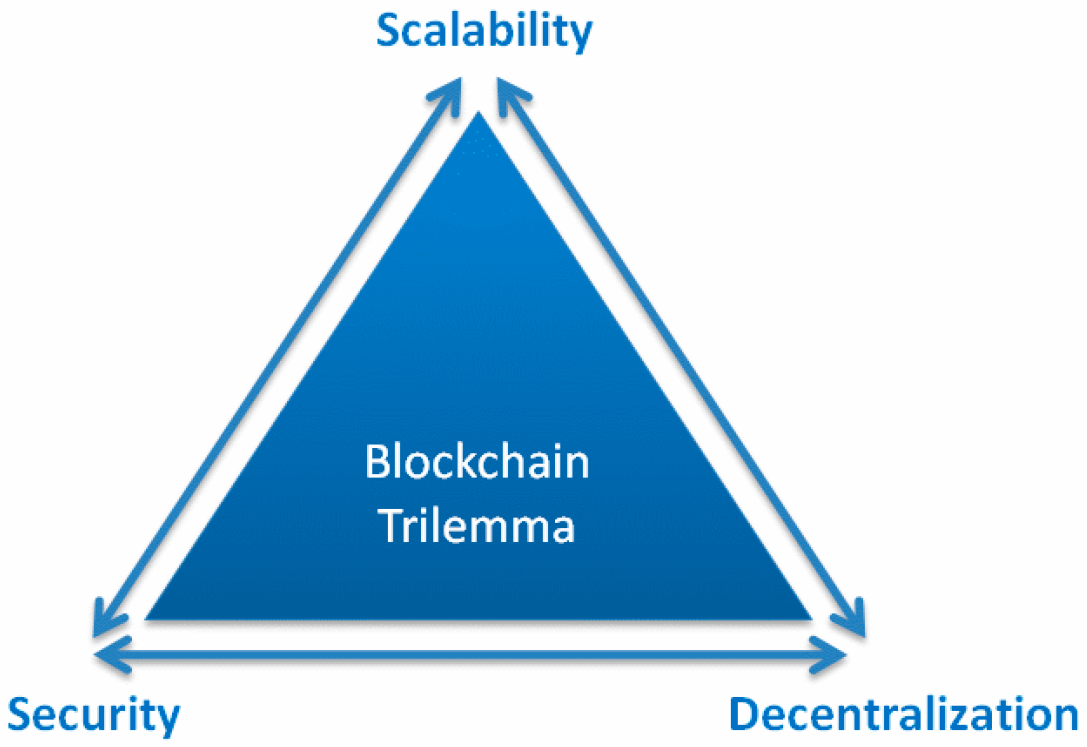
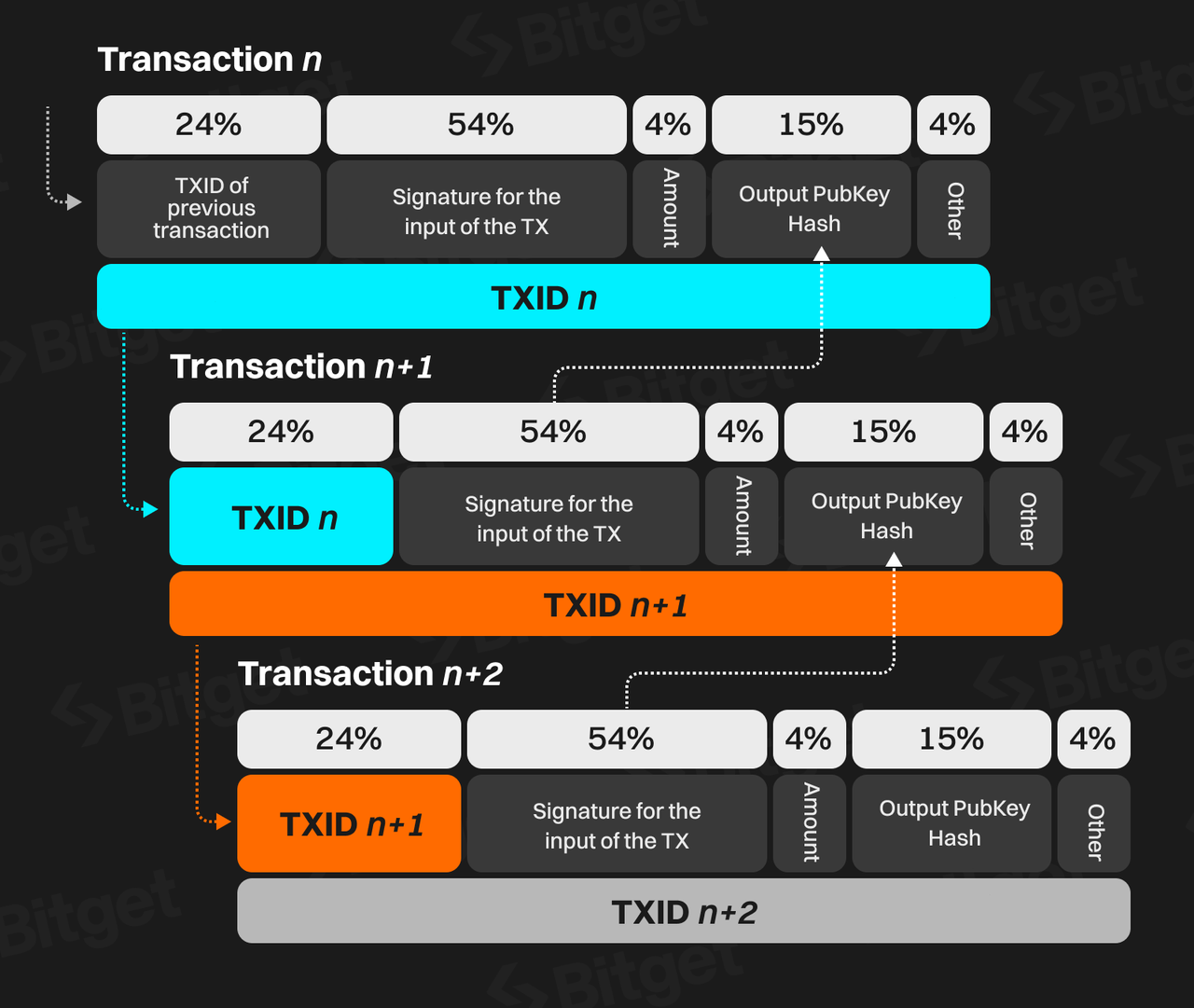
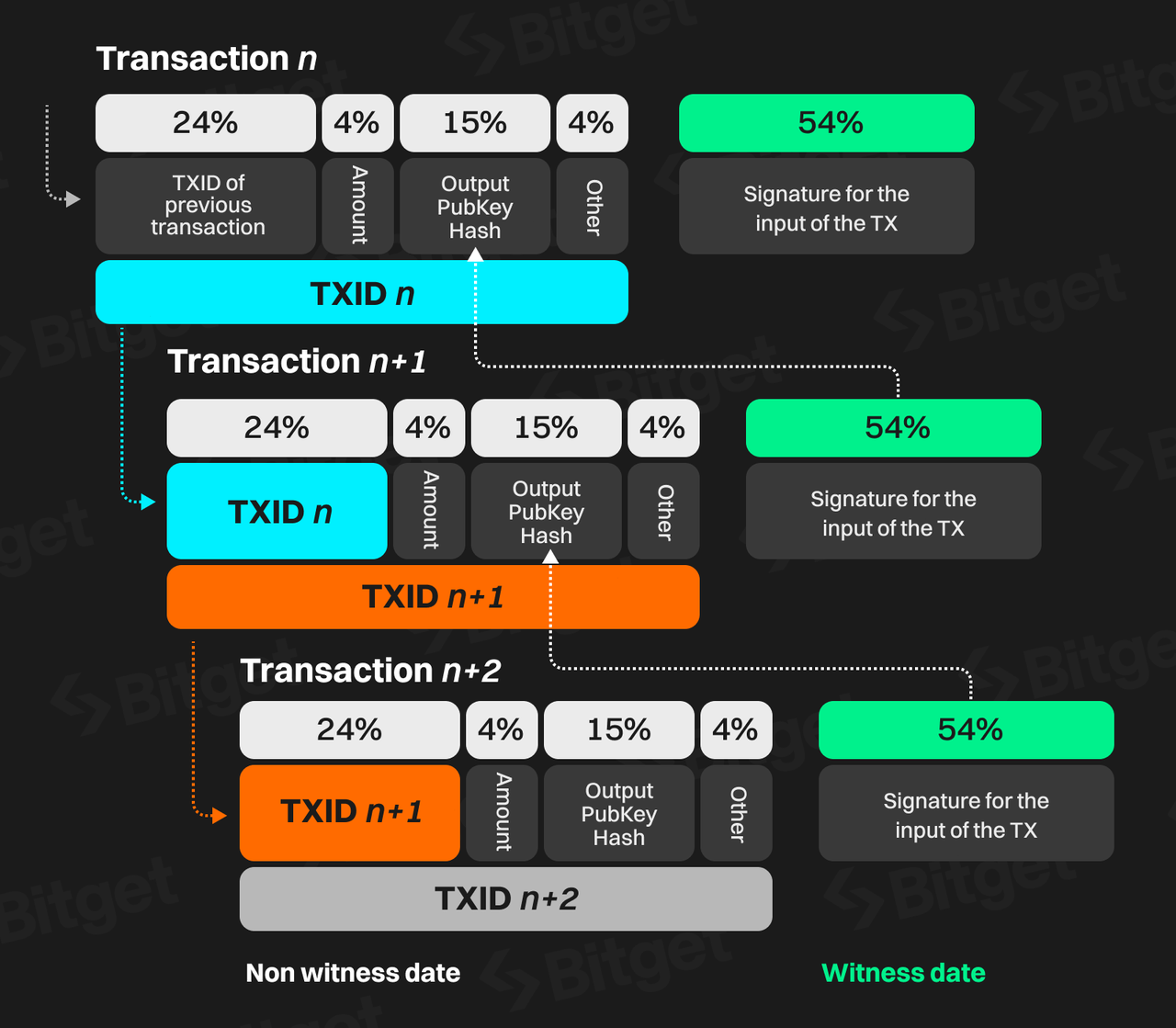
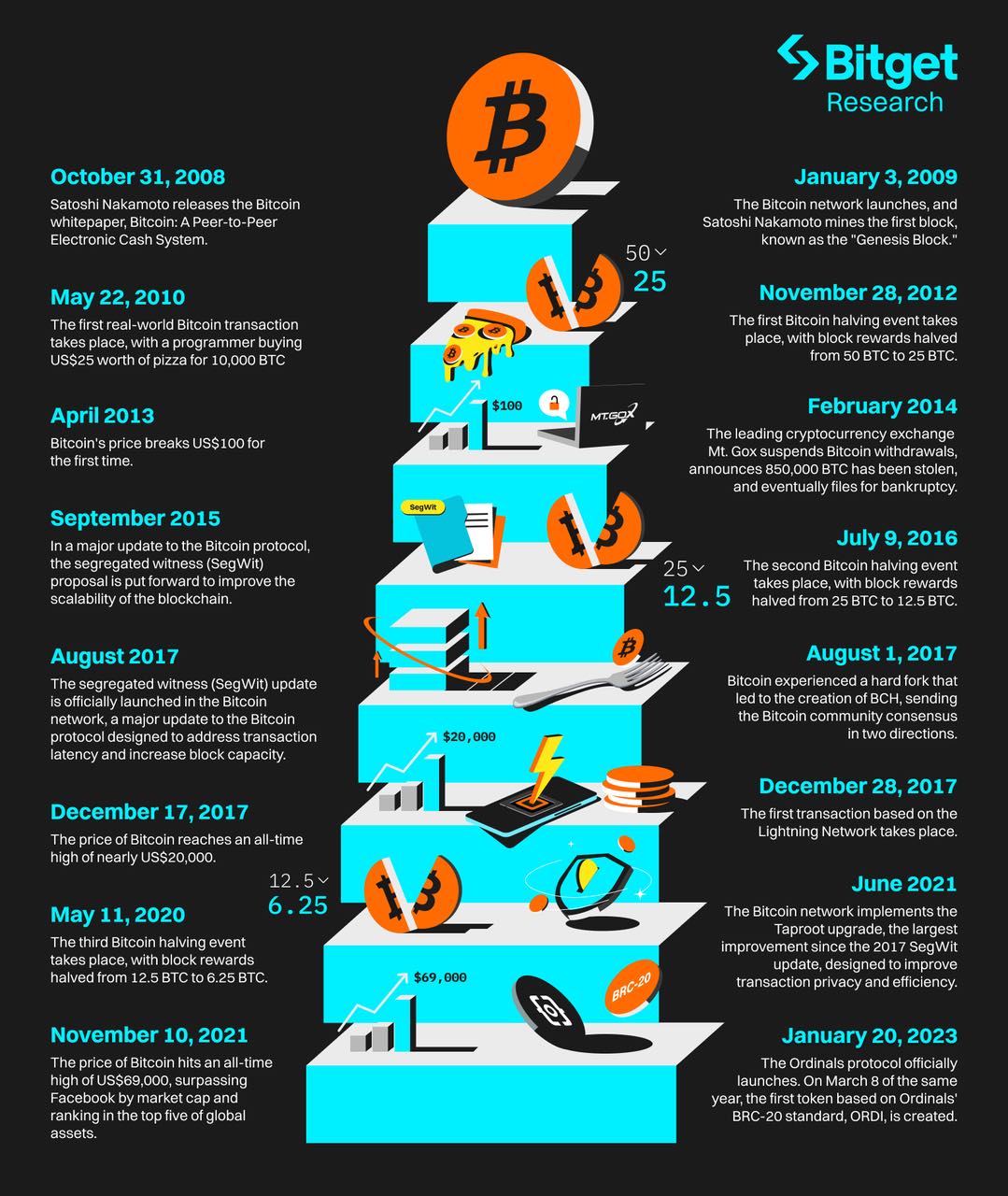
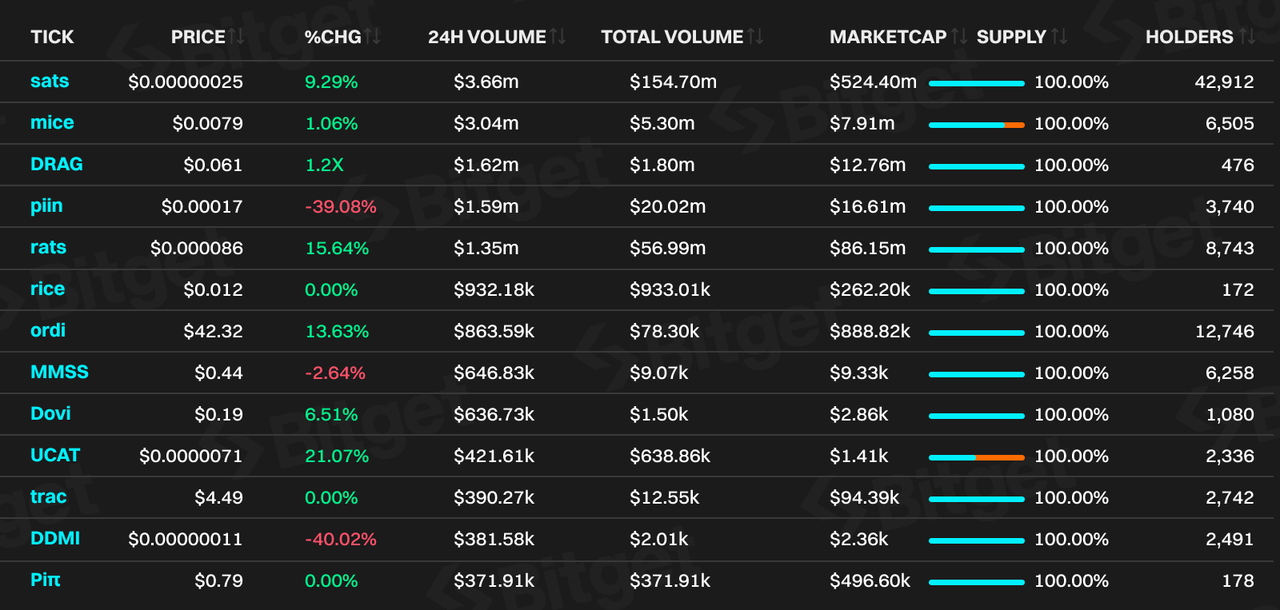
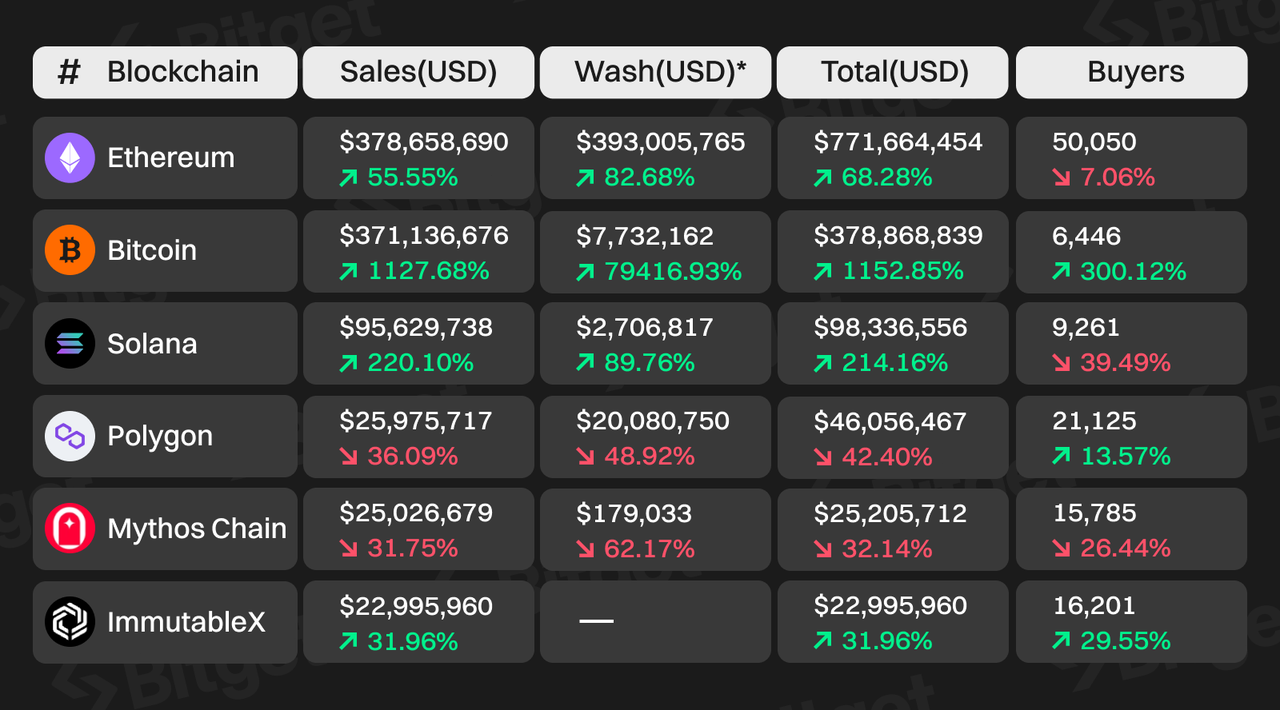

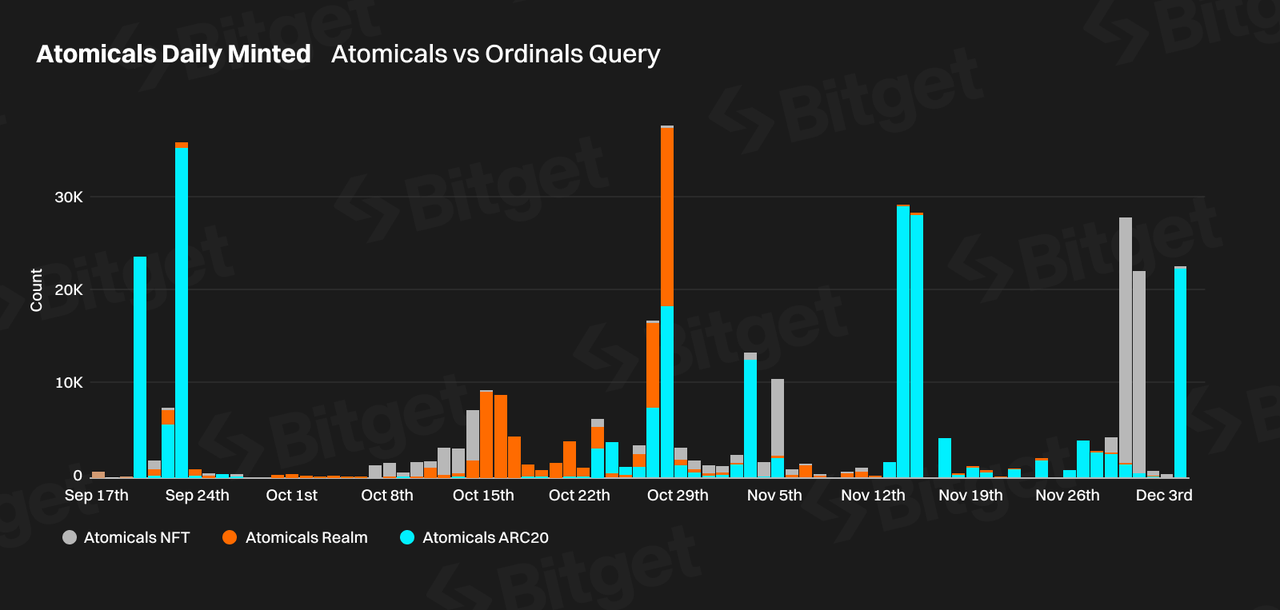
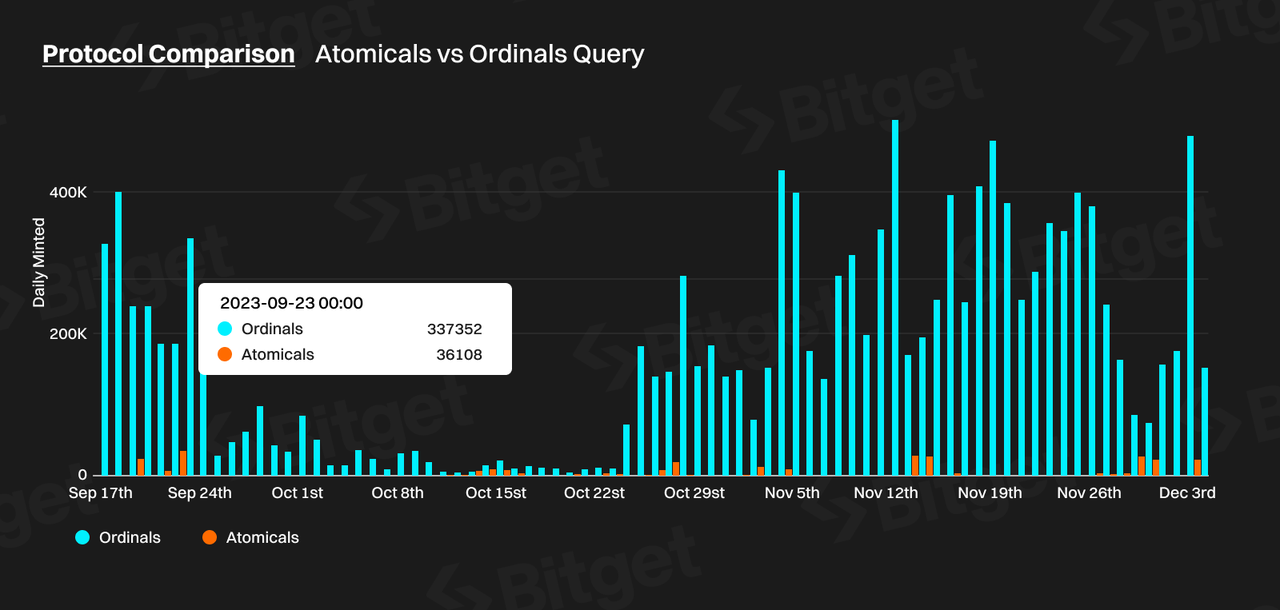
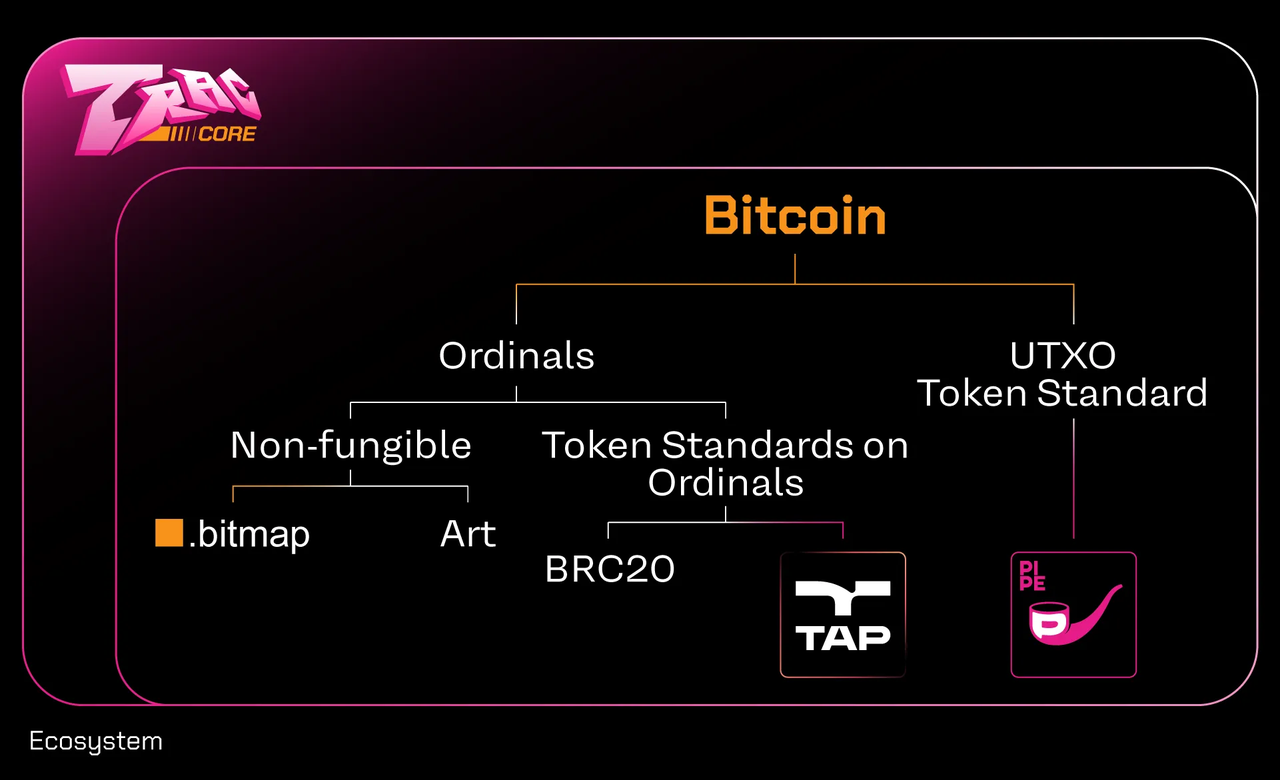

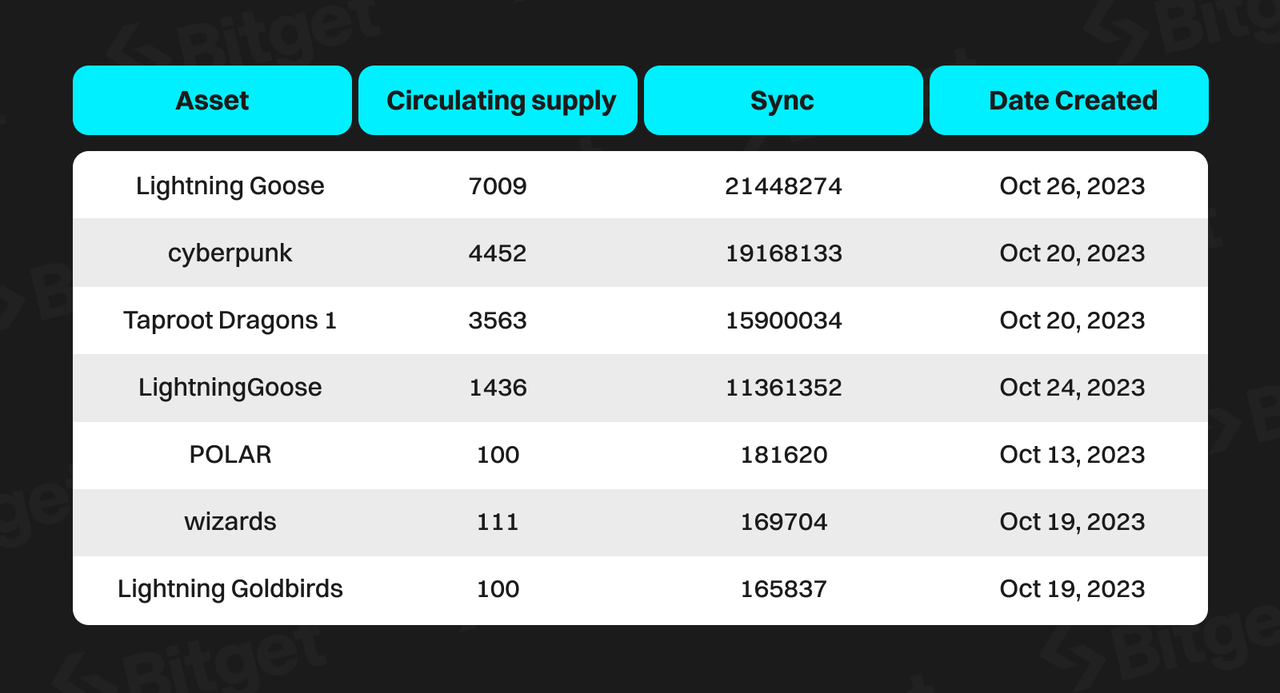
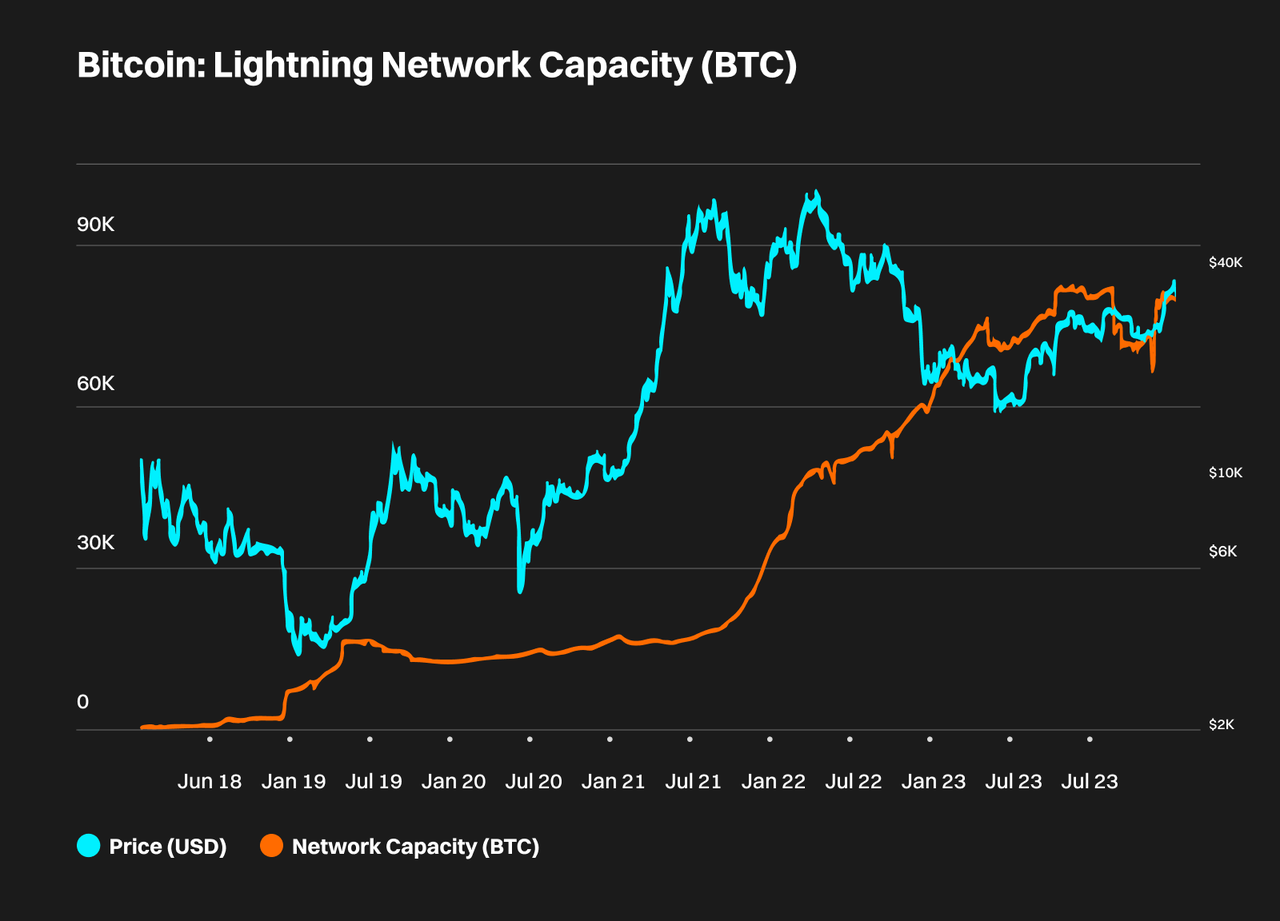
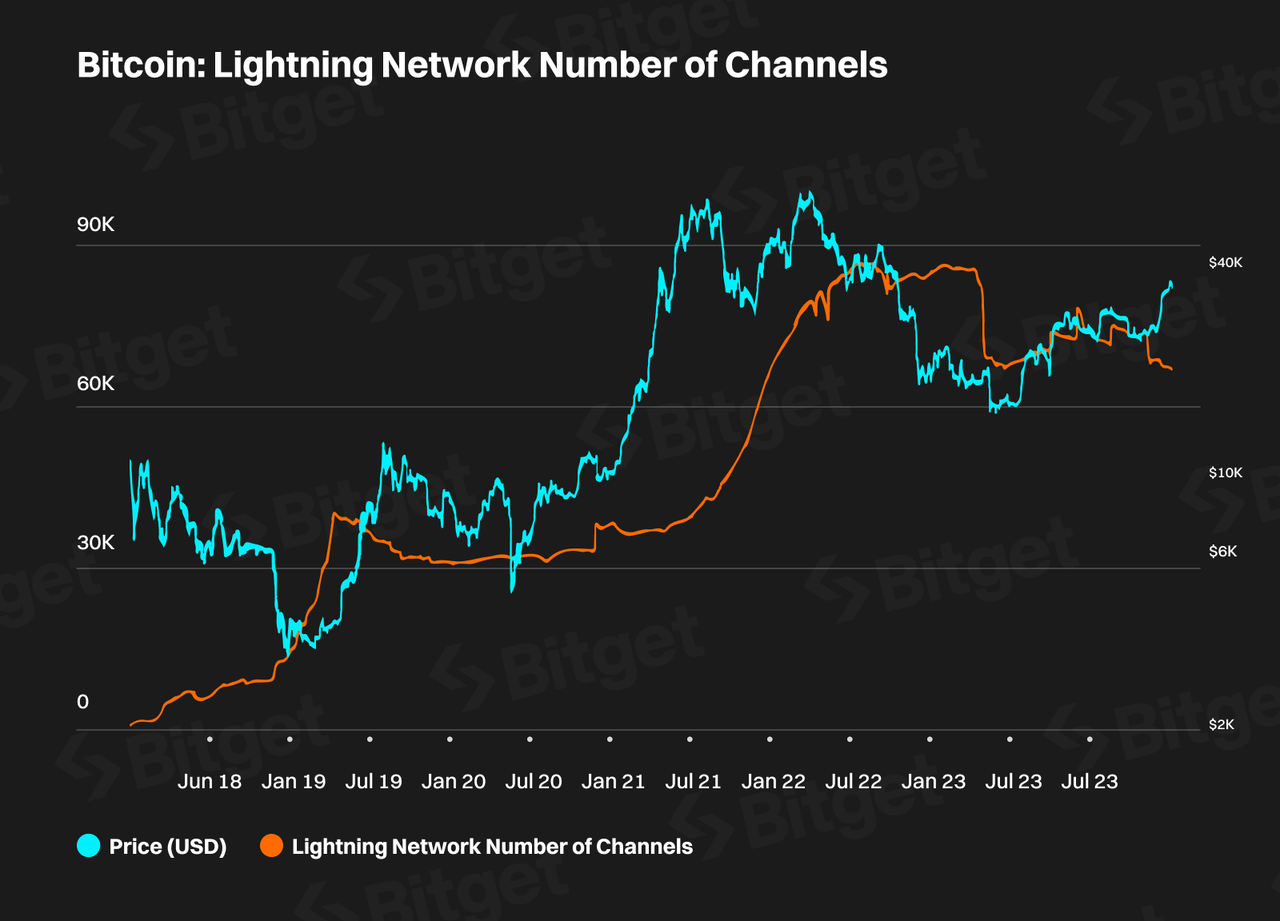
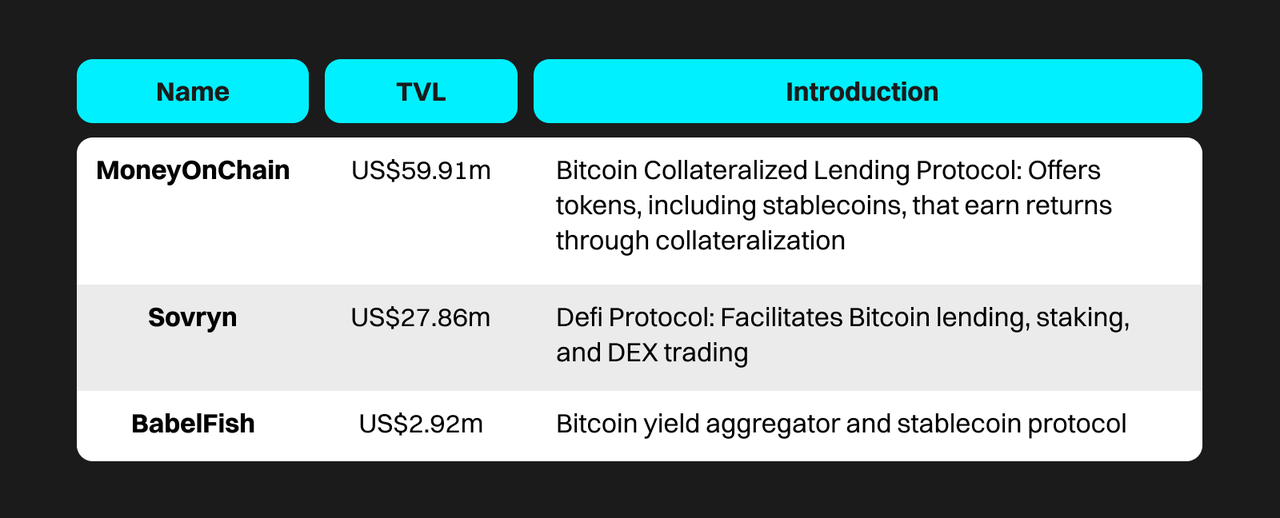
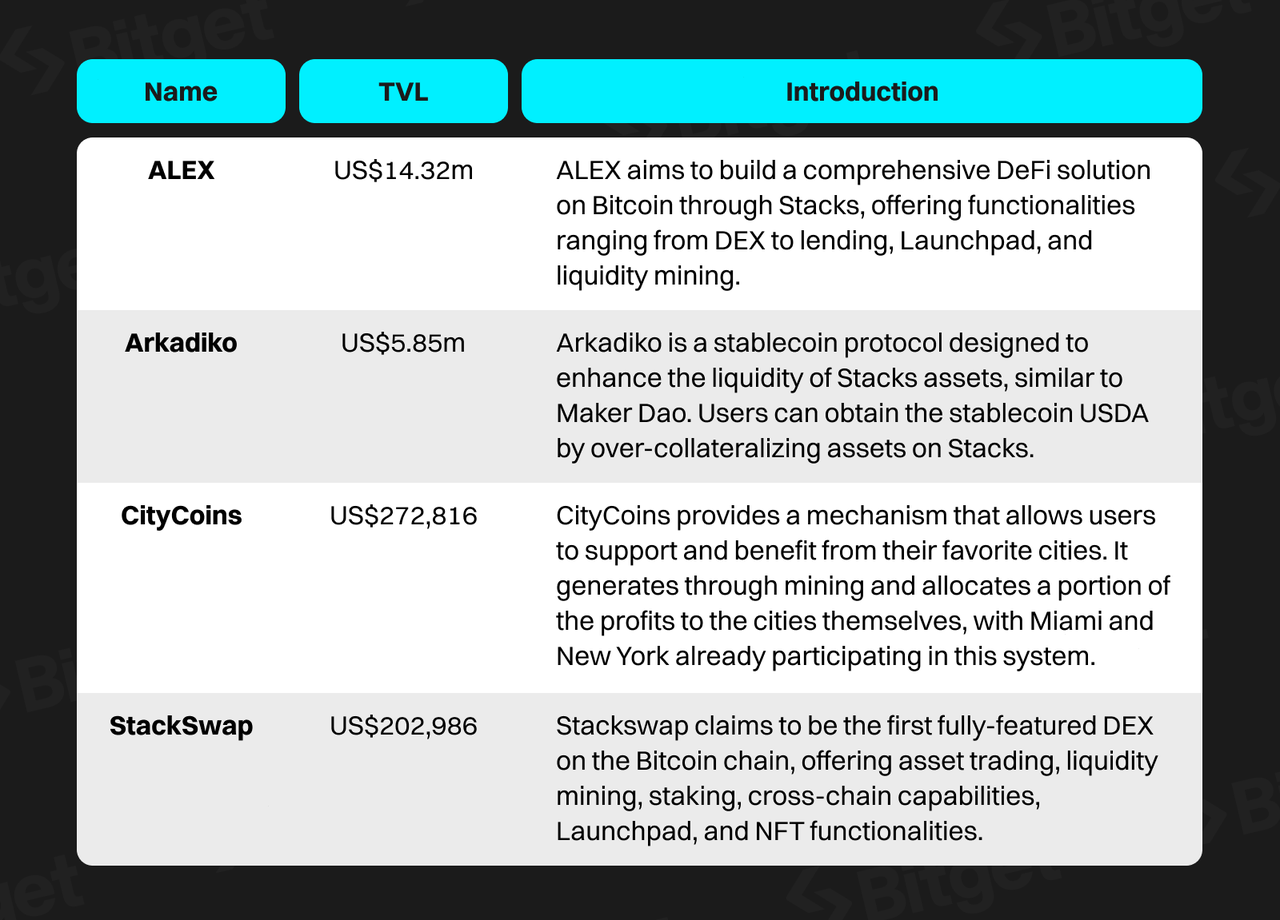
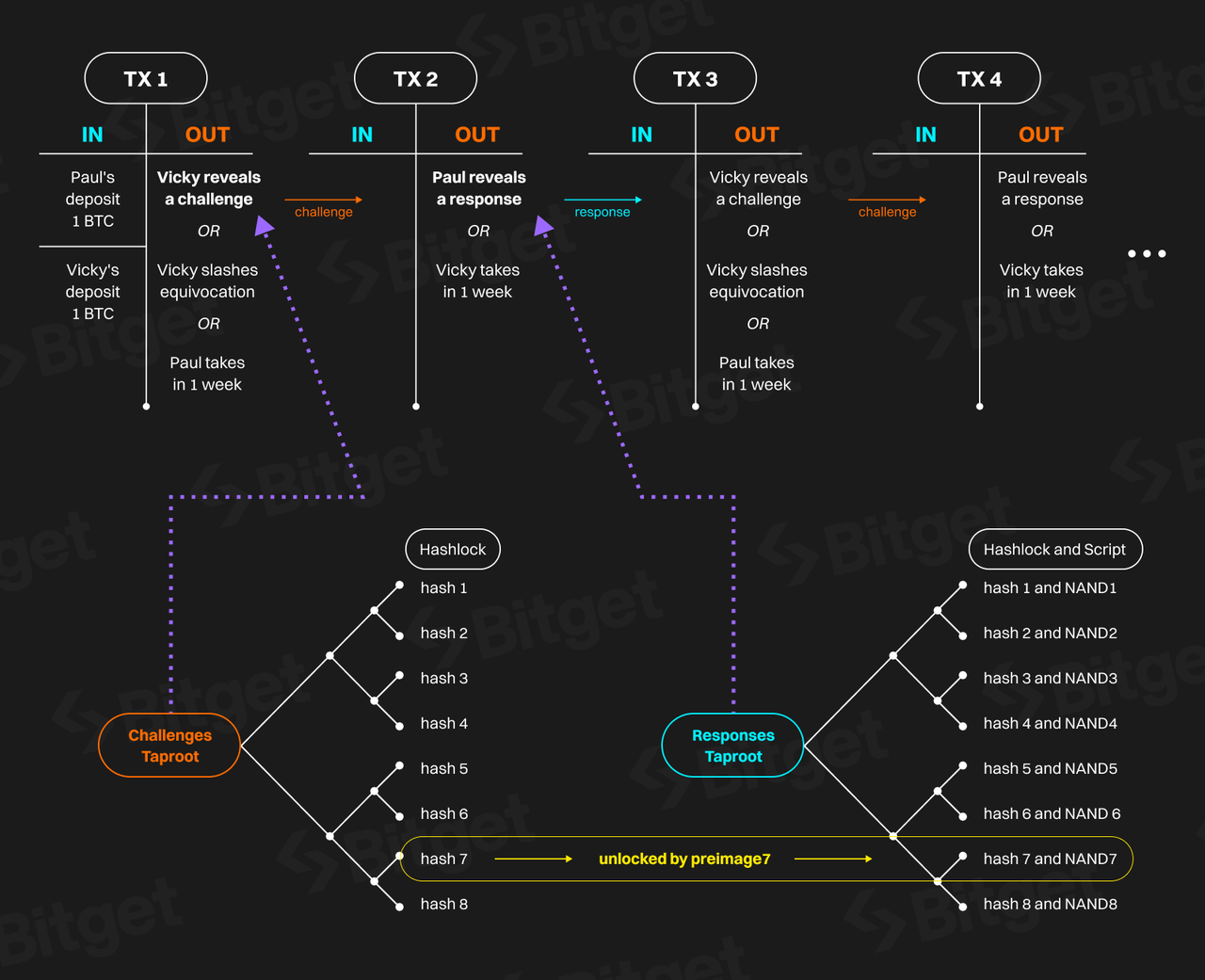

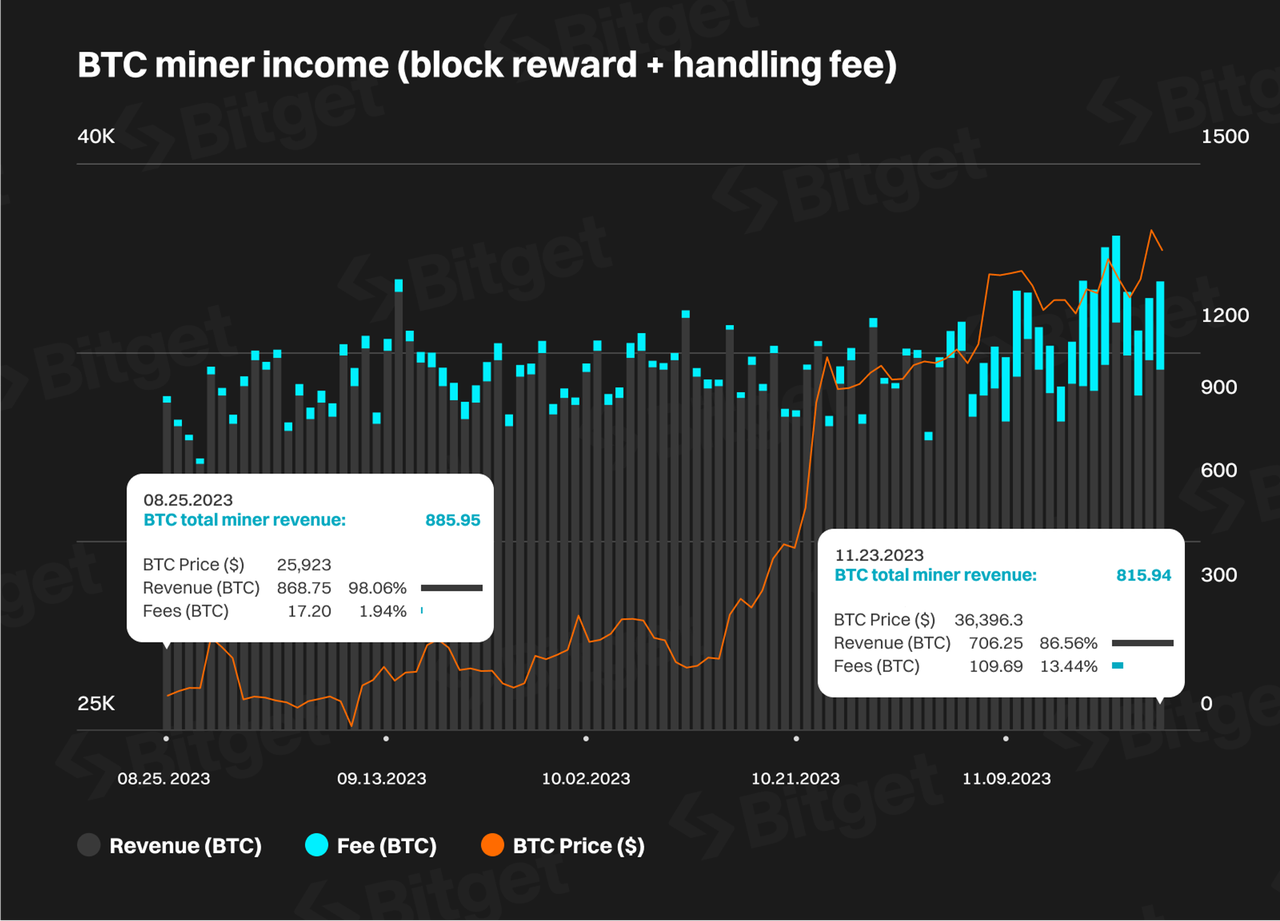
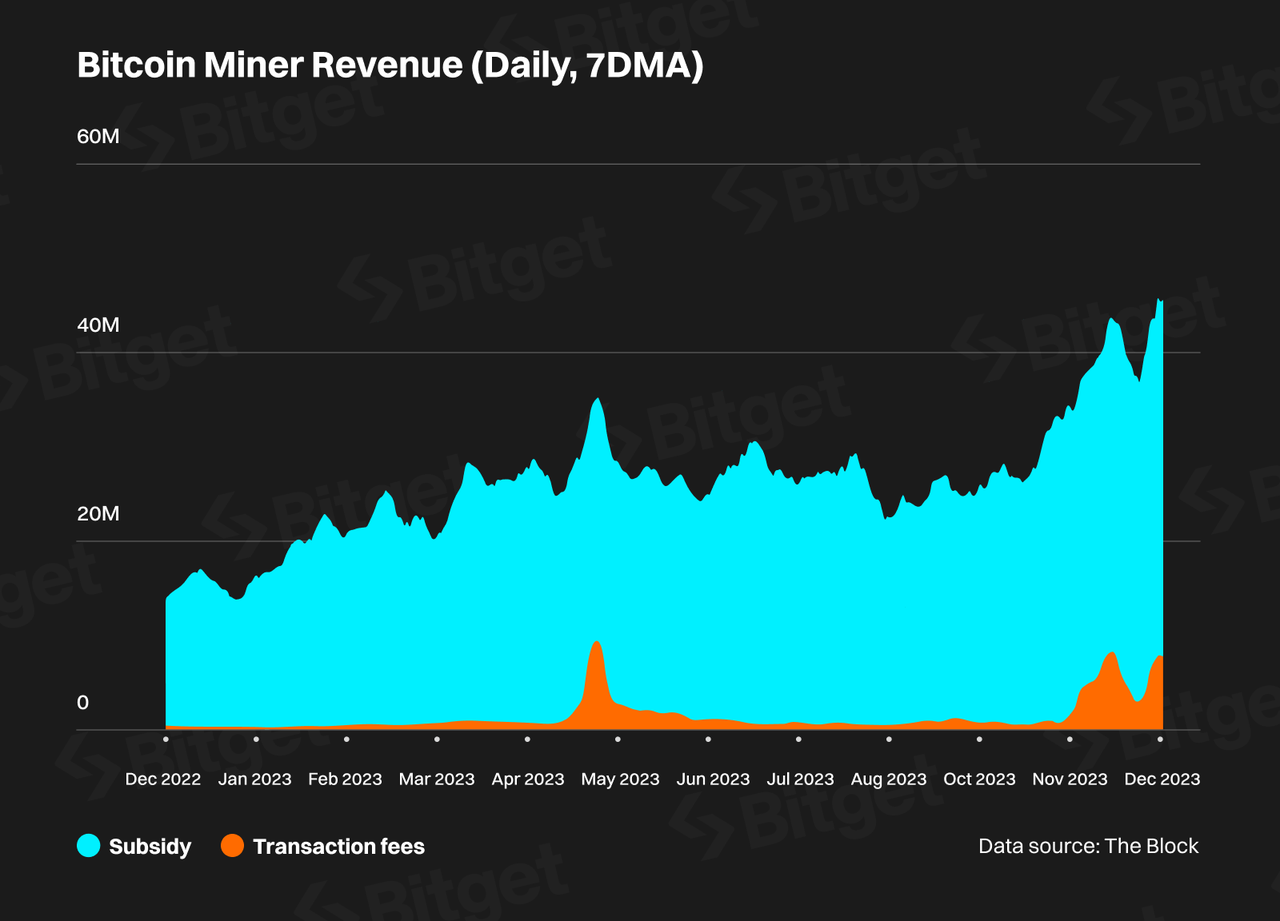
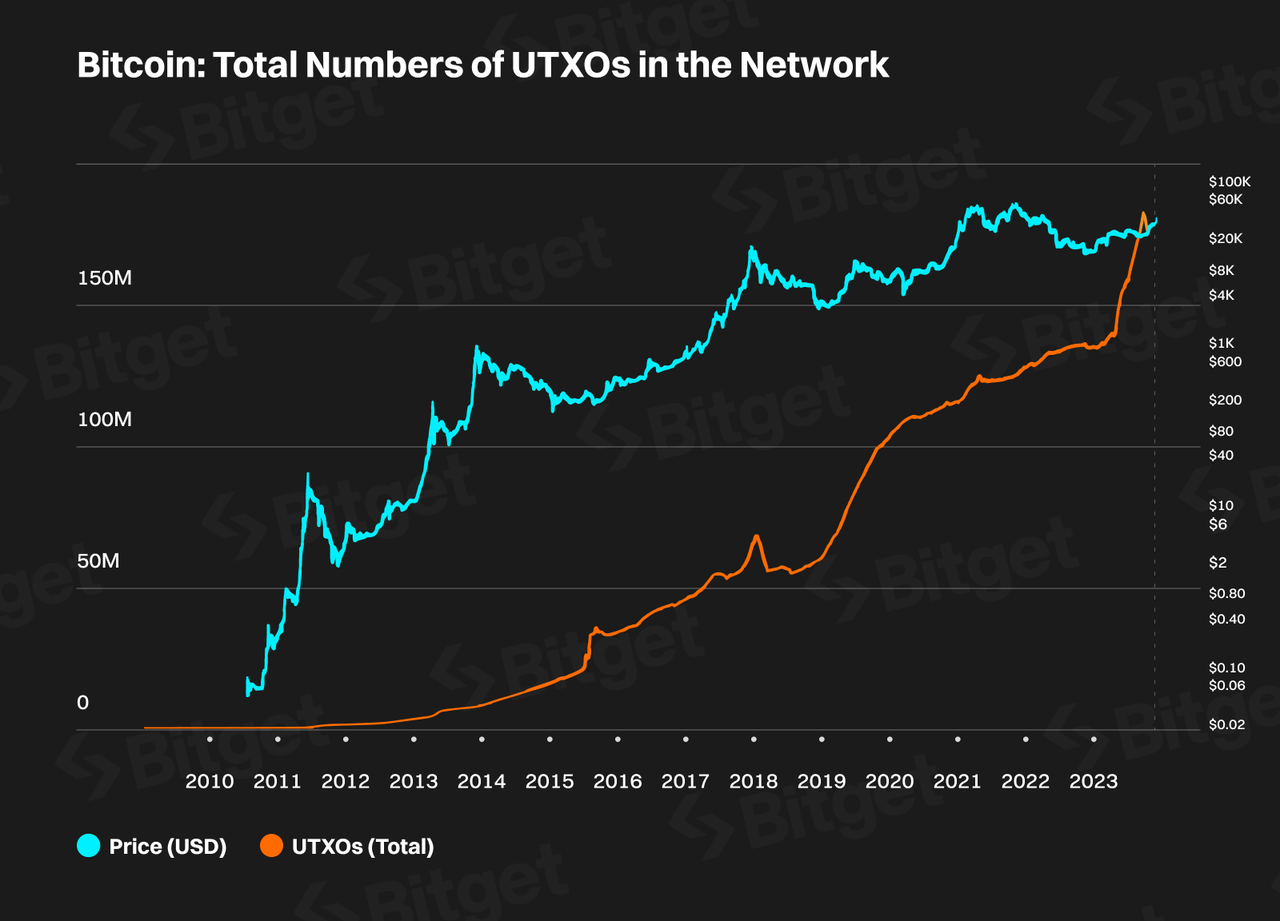
2025-03-11
2025-02-18
2024-12-11
